-
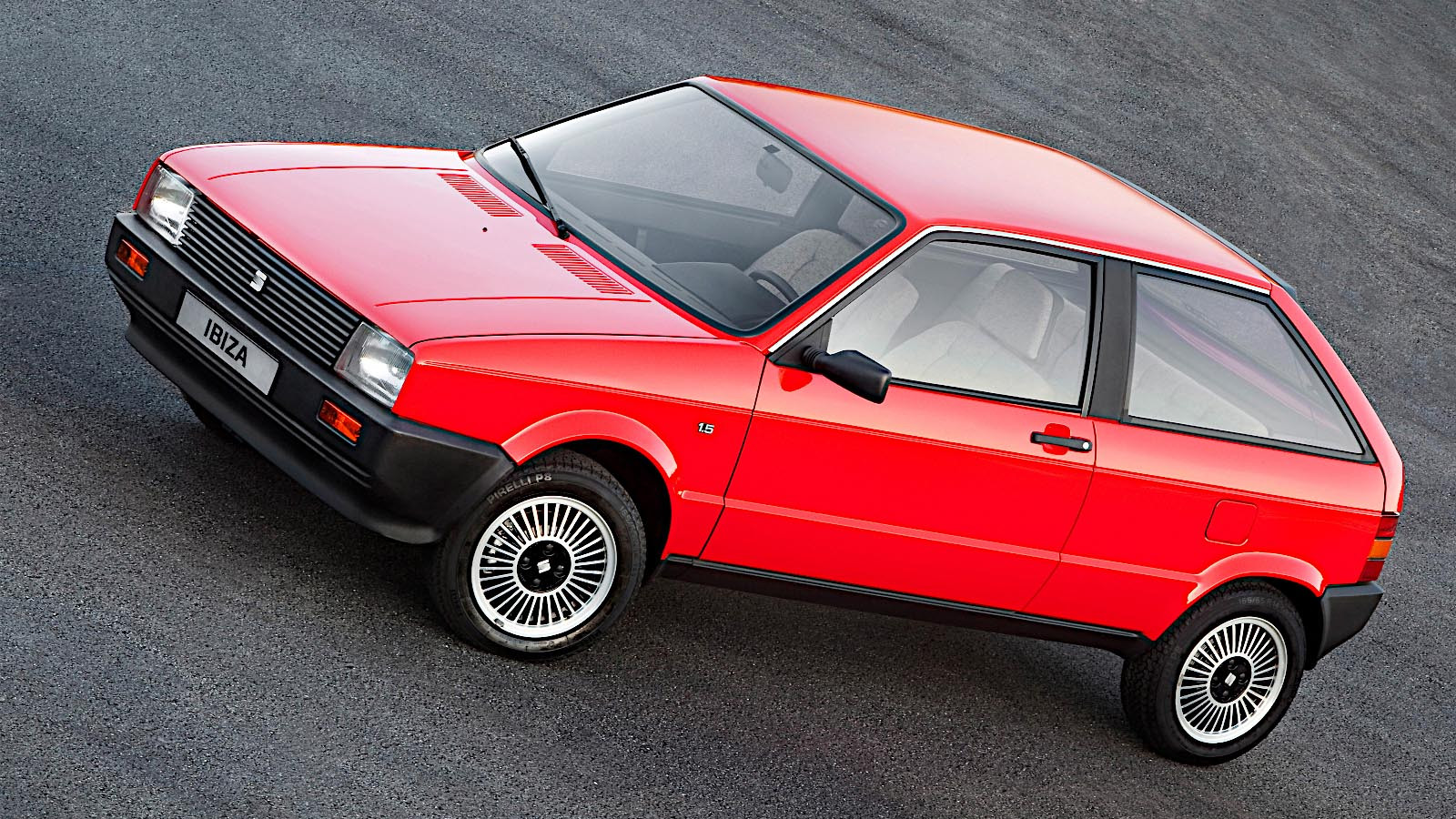 © Seat
© Seat -
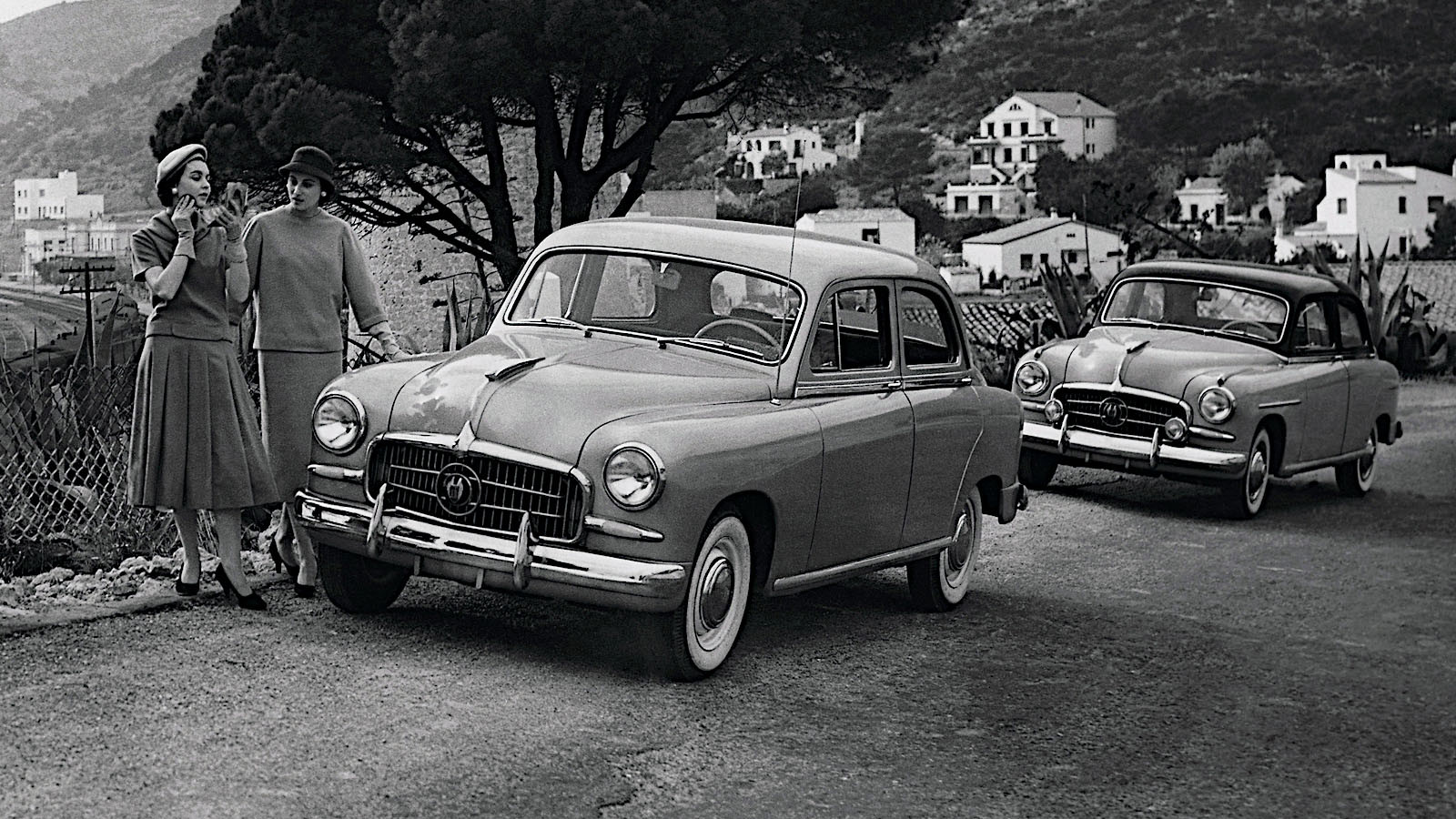 © Seat
© Seat -
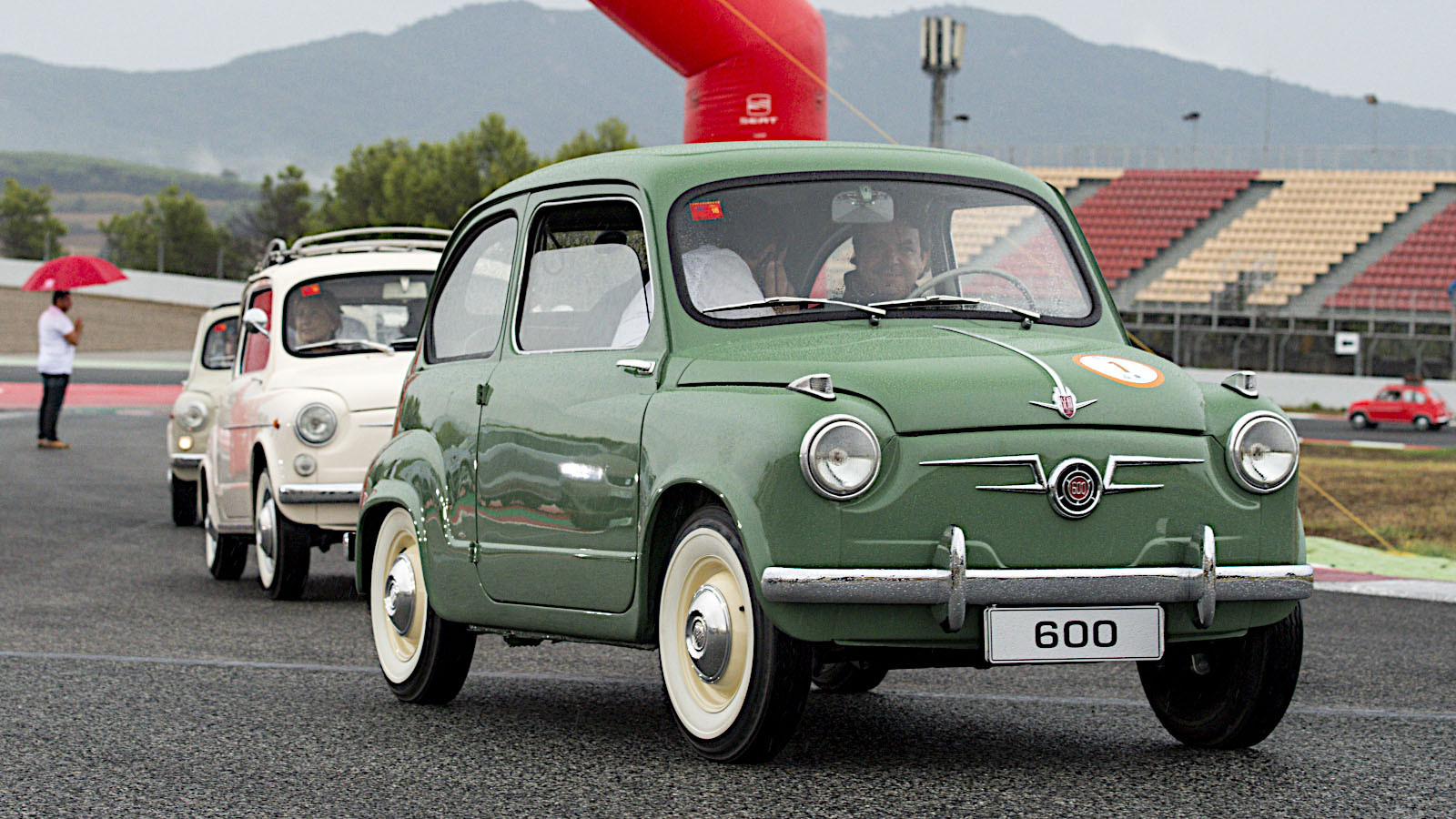 © Seat
© Seat -
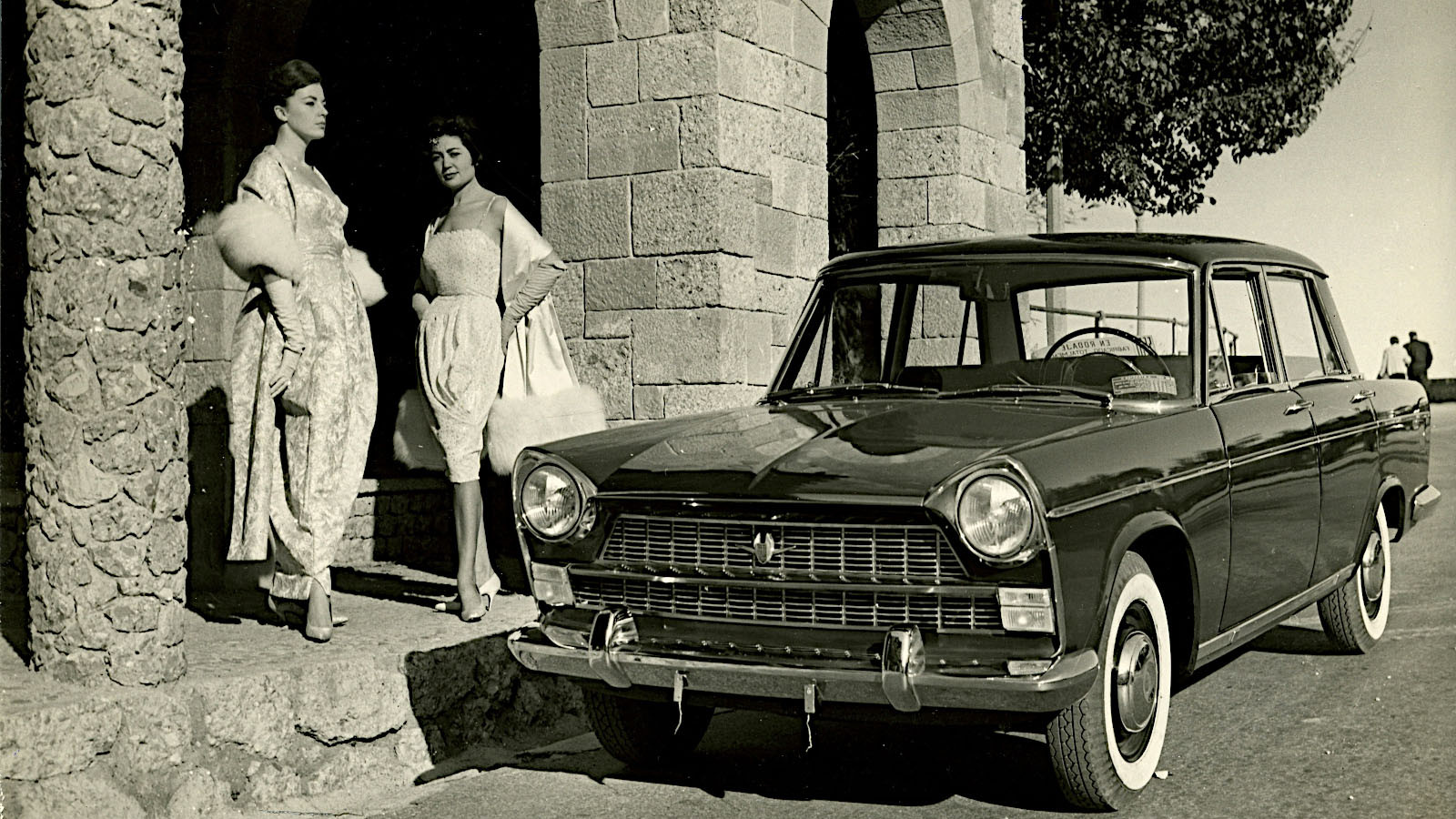 © Seat
© Seat -
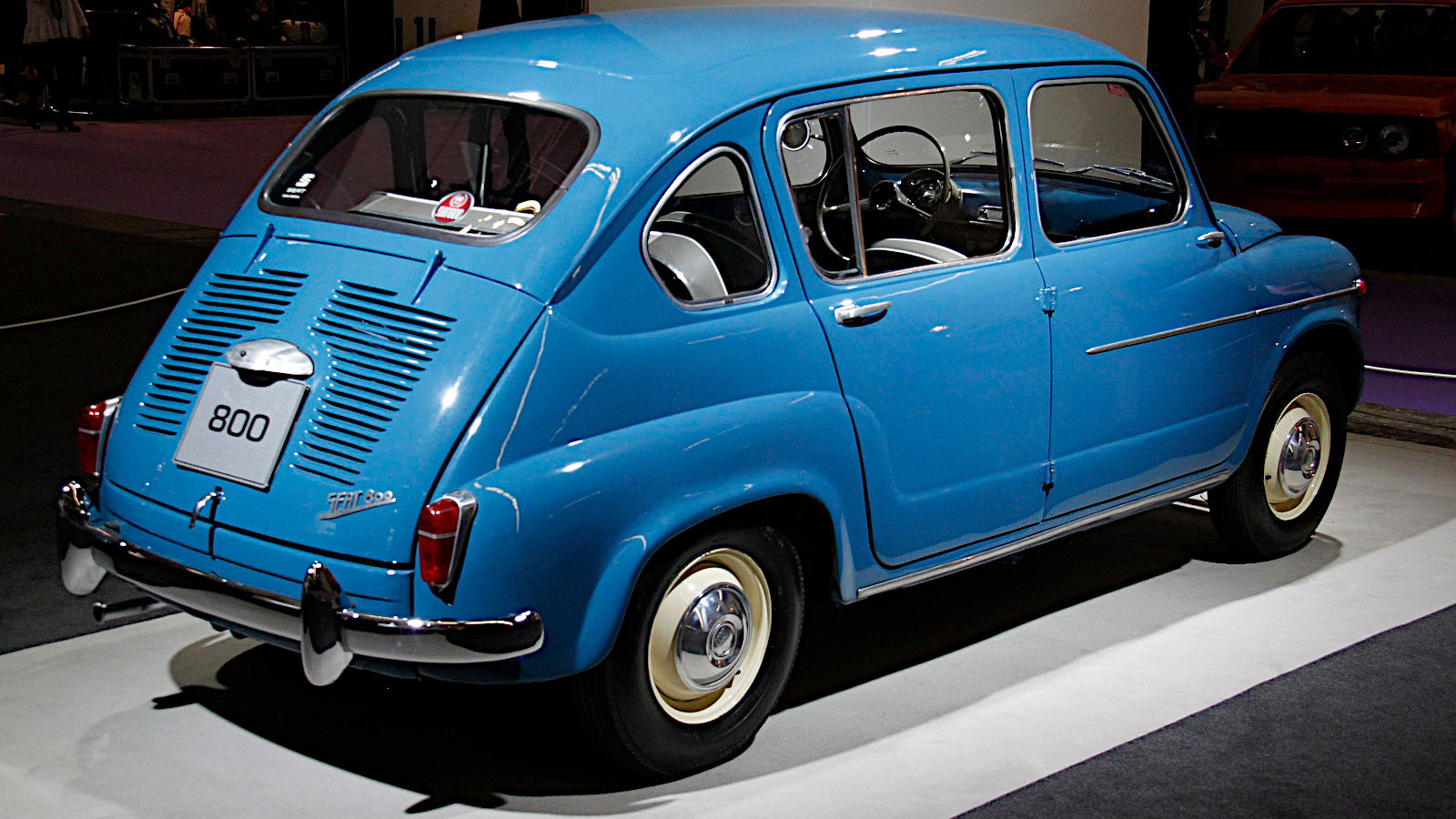 © El monty/Creative Commons licence https://creativecommons.org/licenses/by-sa/4.0/legalcode.en
© El monty/Creative Commons licence https://creativecommons.org/licenses/by-sa/4.0/legalcode.en -
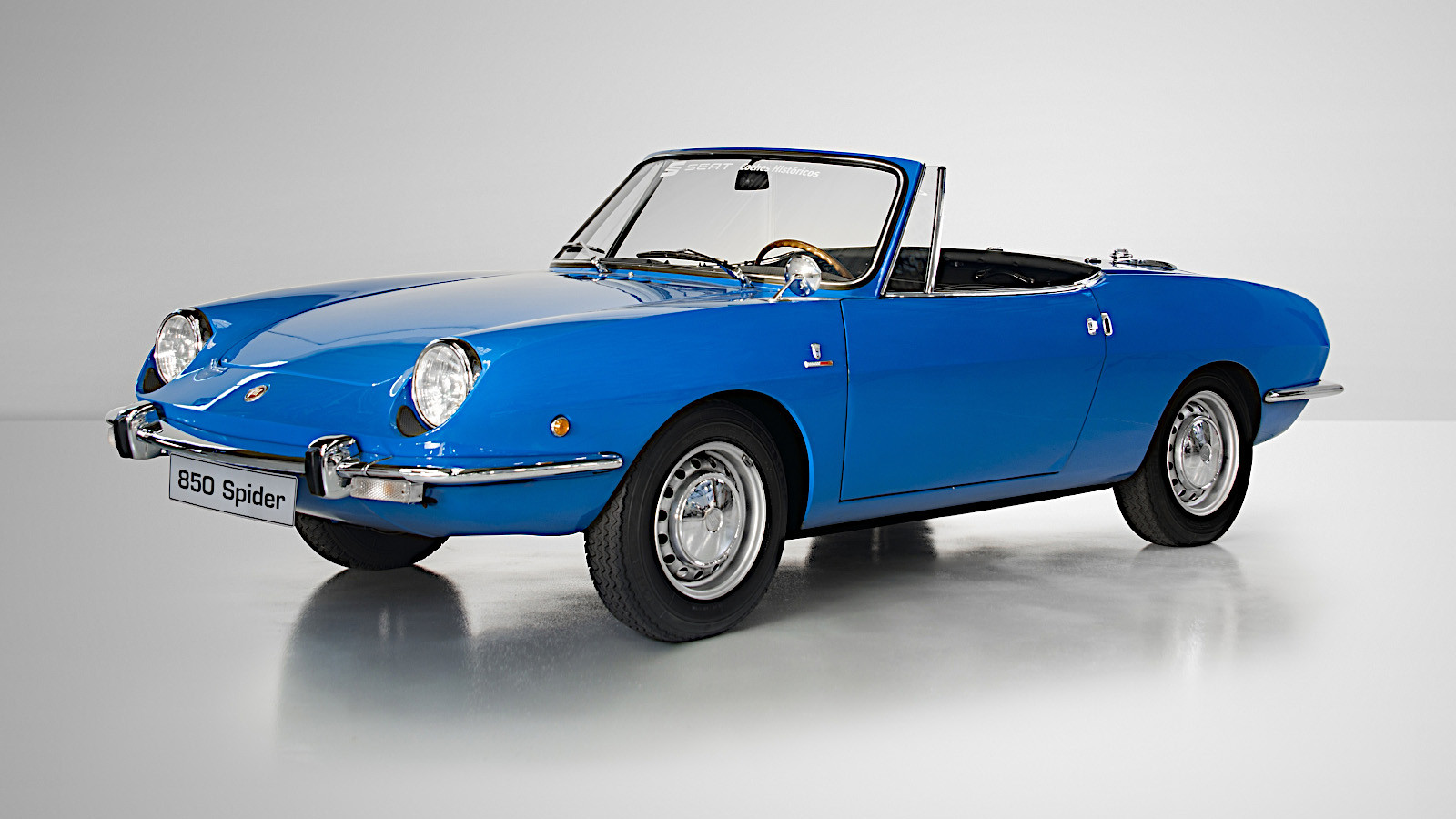 © Seat
© Seat -
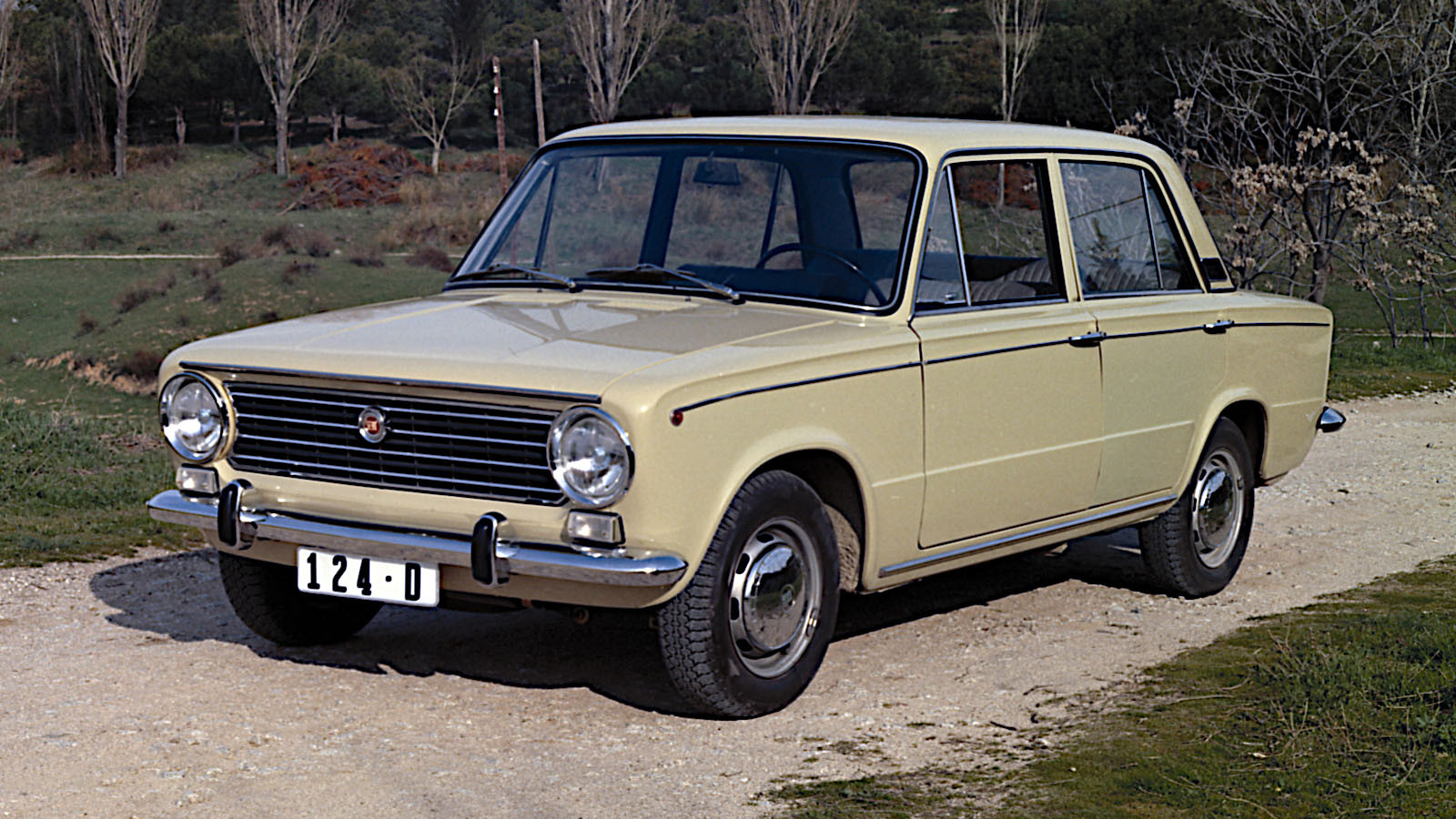 © Seat
© Seat -
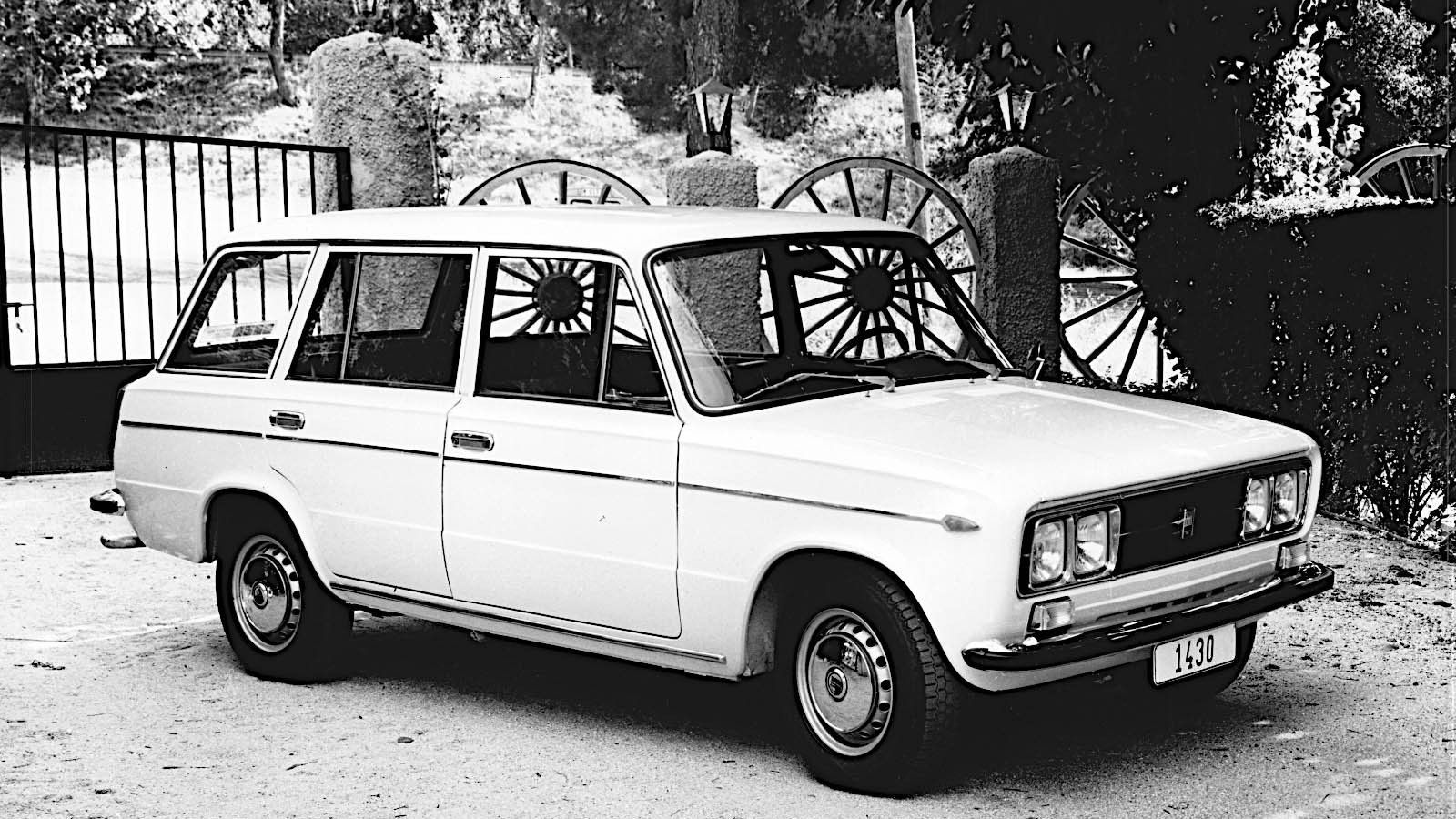 © Seat
© Seat -
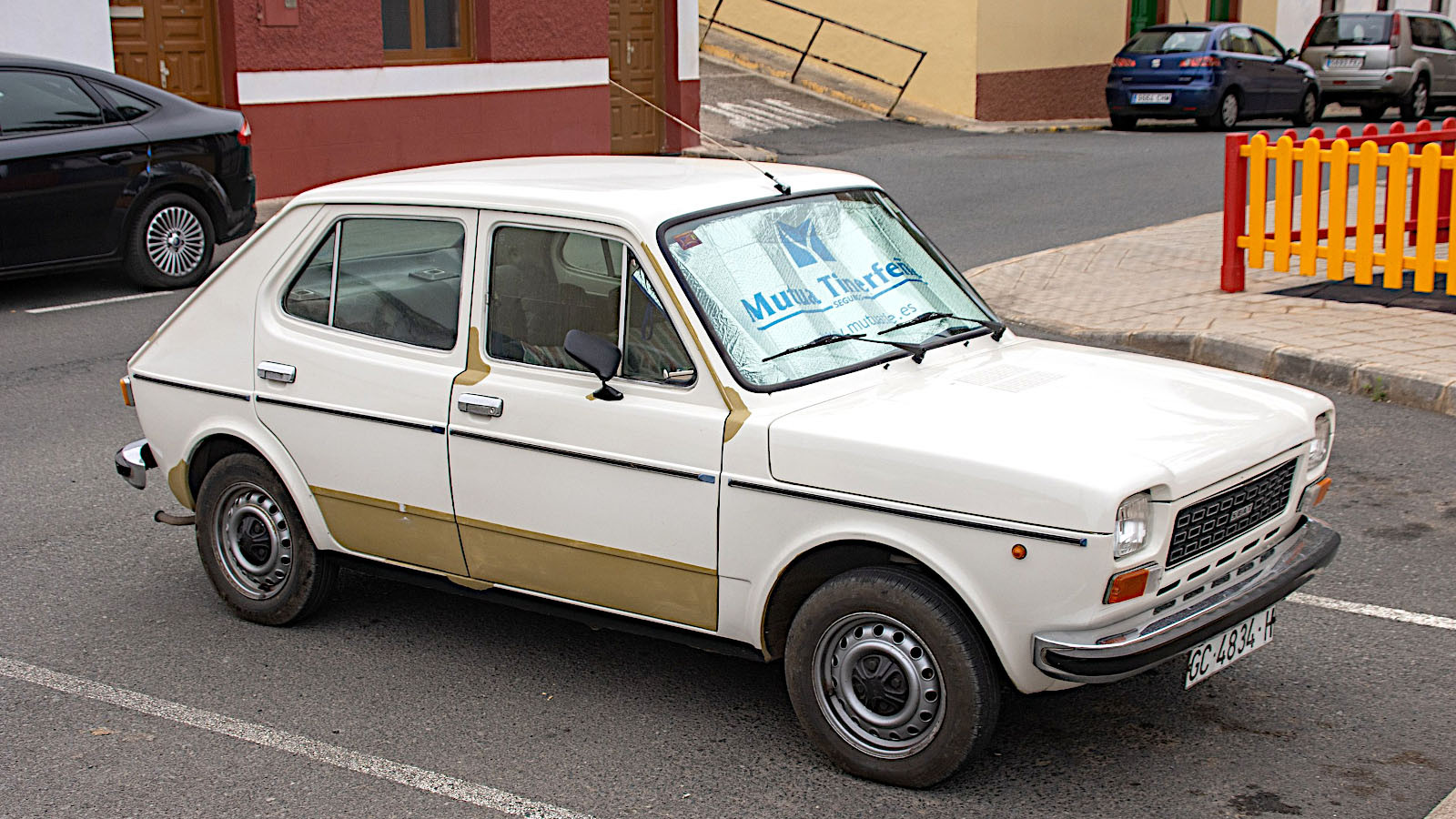 © Mike Peel/Creative Commons licence https://creativecommons.org/licenses/by-sa/4.0/legalcode.en
© Mike Peel/Creative Commons licence https://creativecommons.org/licenses/by-sa/4.0/legalcode.en -
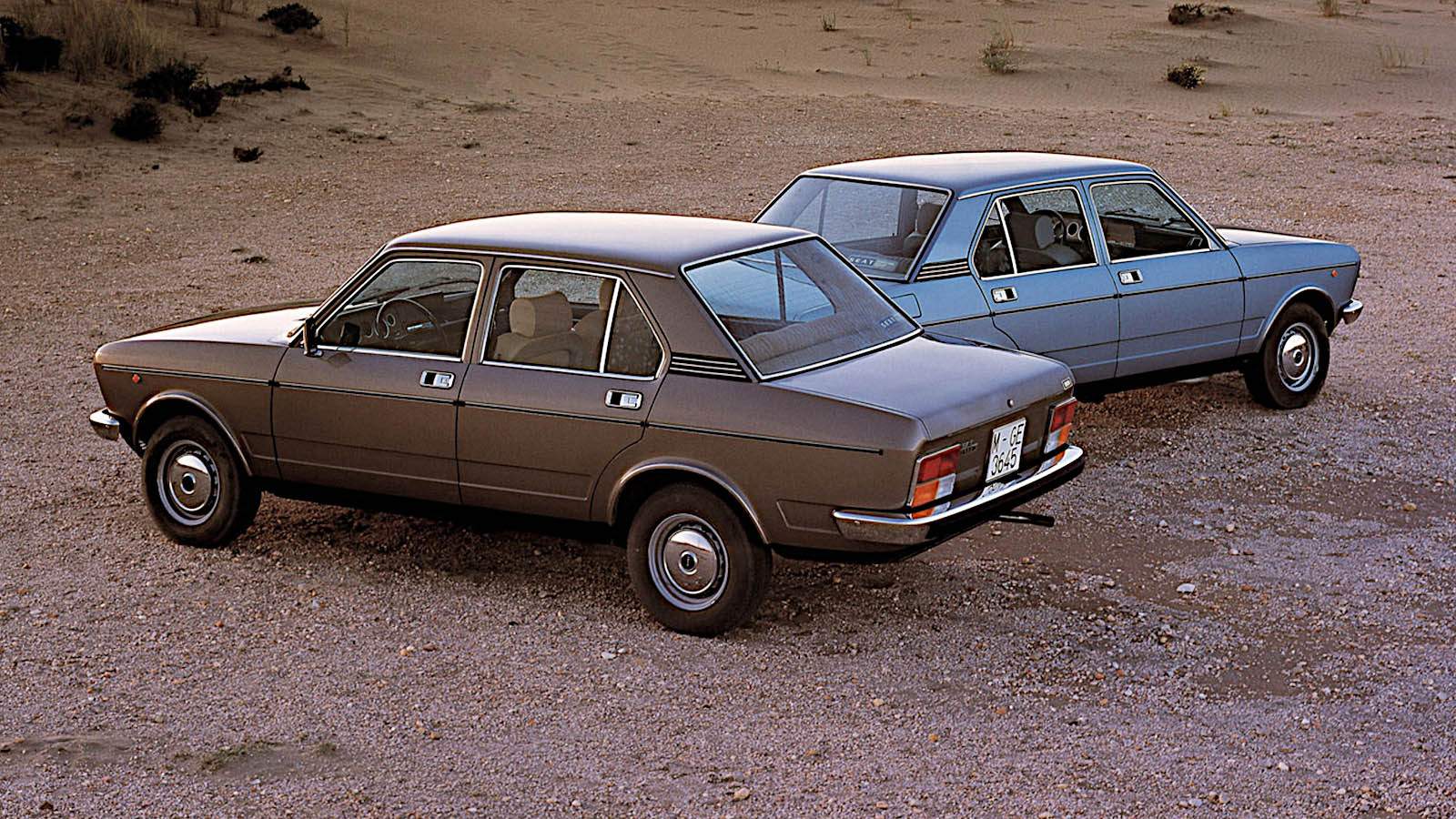 © Seat
© Seat -
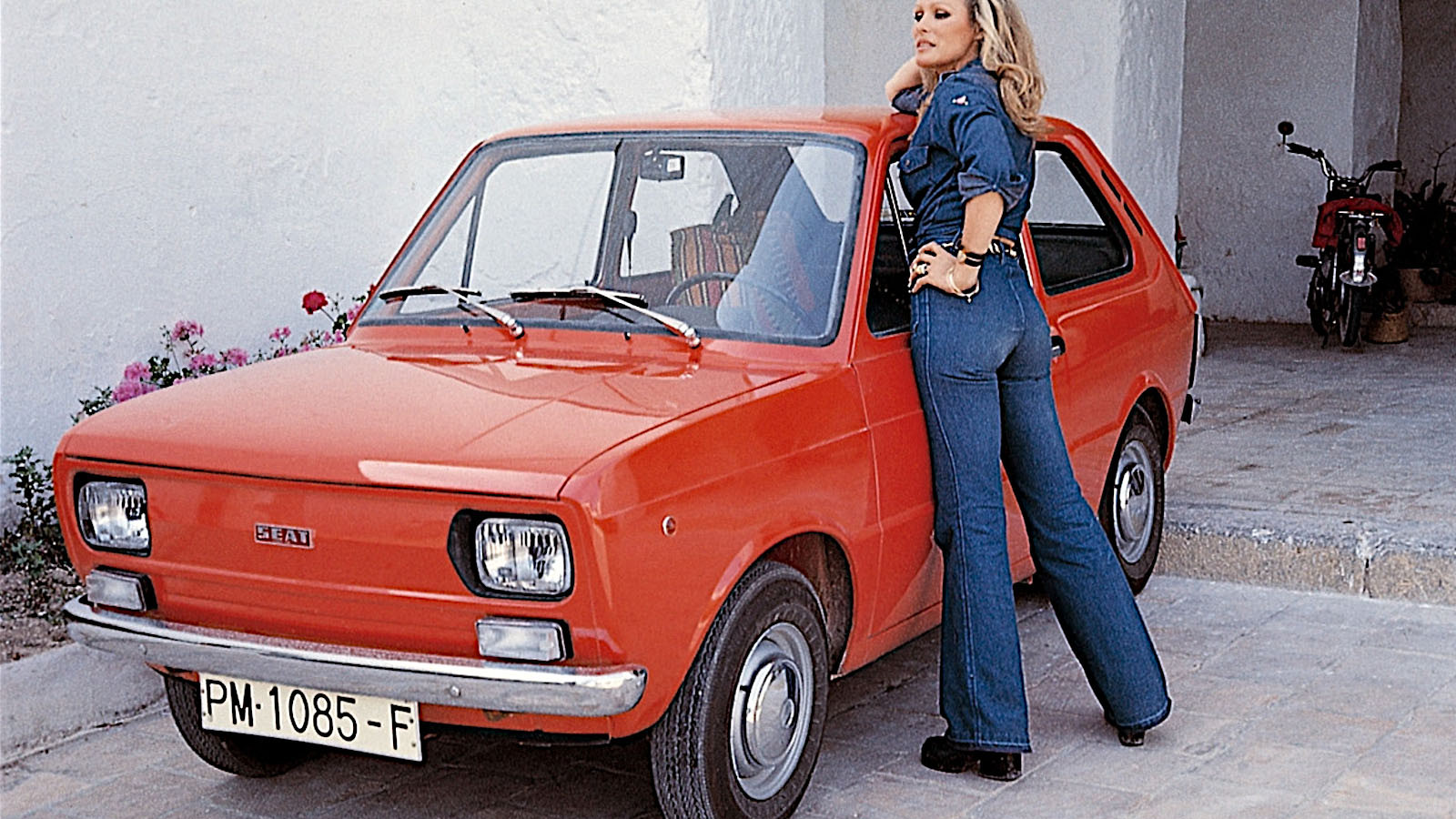 © Seat
© Seat -
 © Seat
© Seat -
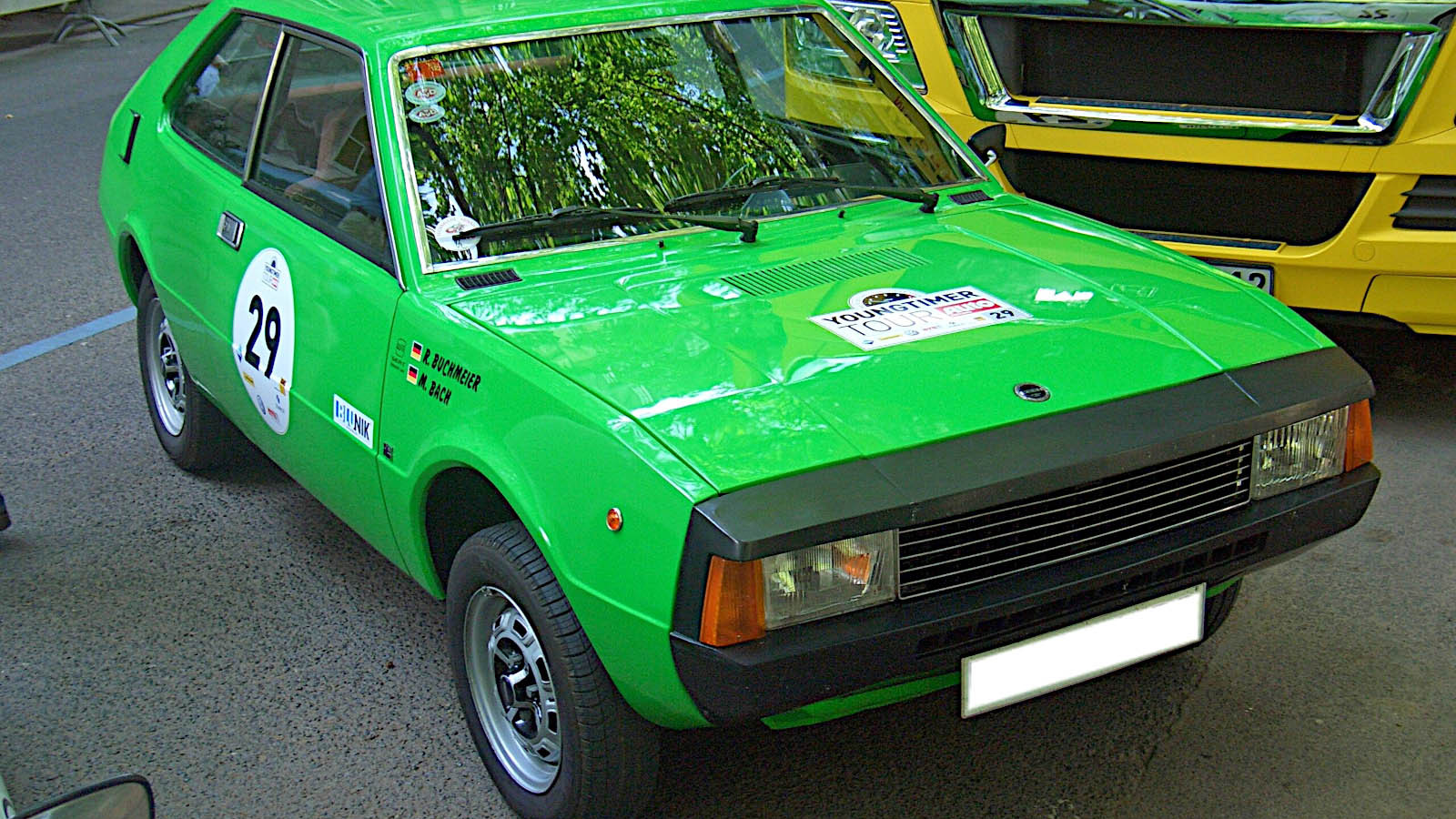 © Detectandpreserve/Creative Commons licence https://creativecommons.org/licenses/by-sa/3.0/legalcode.en
© Detectandpreserve/Creative Commons licence https://creativecommons.org/licenses/by-sa/3.0/legalcode.en -
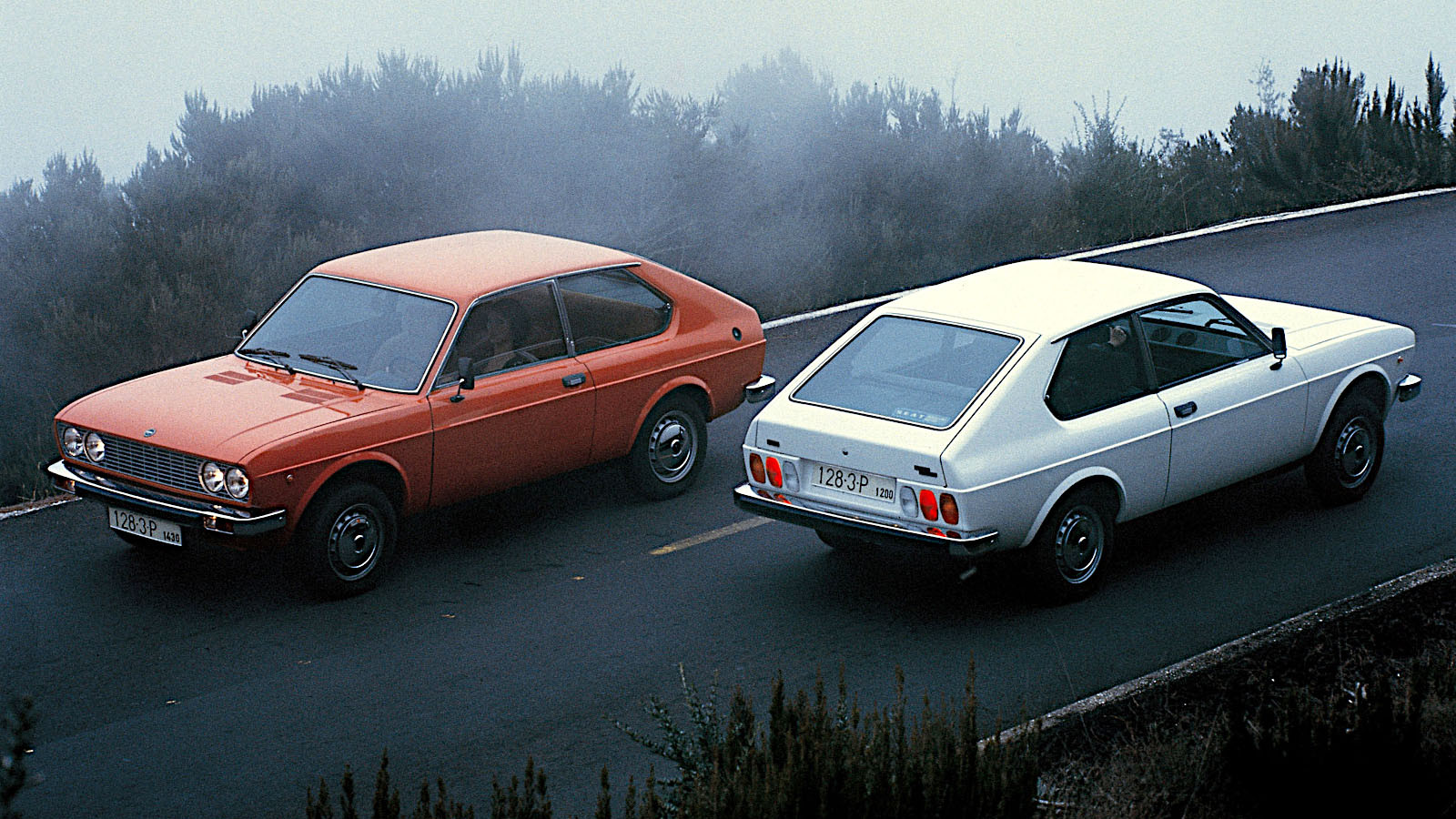 © Seat
© Seat -
 © Stellantis
© Stellantis -
 © Seat
© Seat -
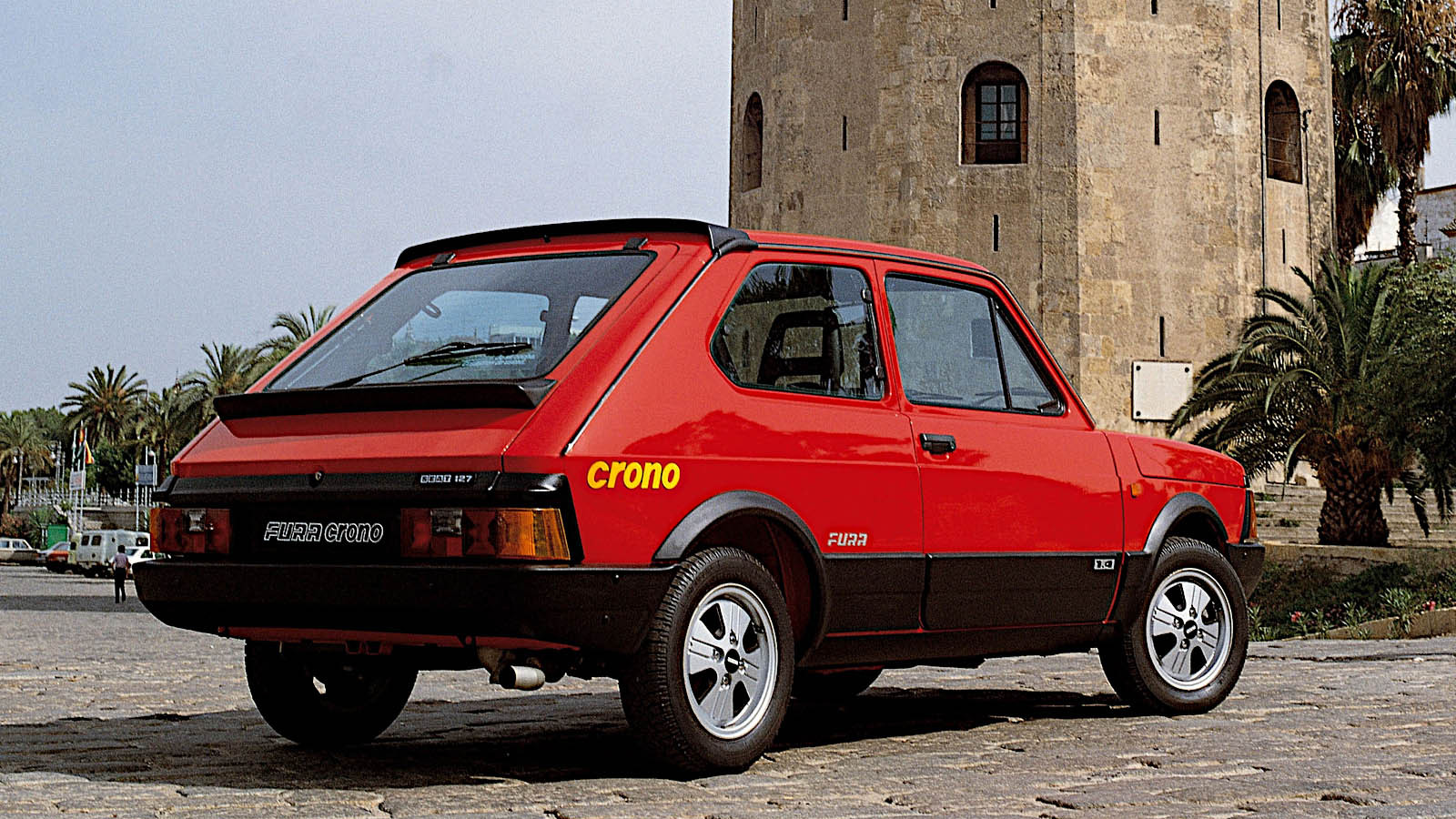 © Seat
© Seat -
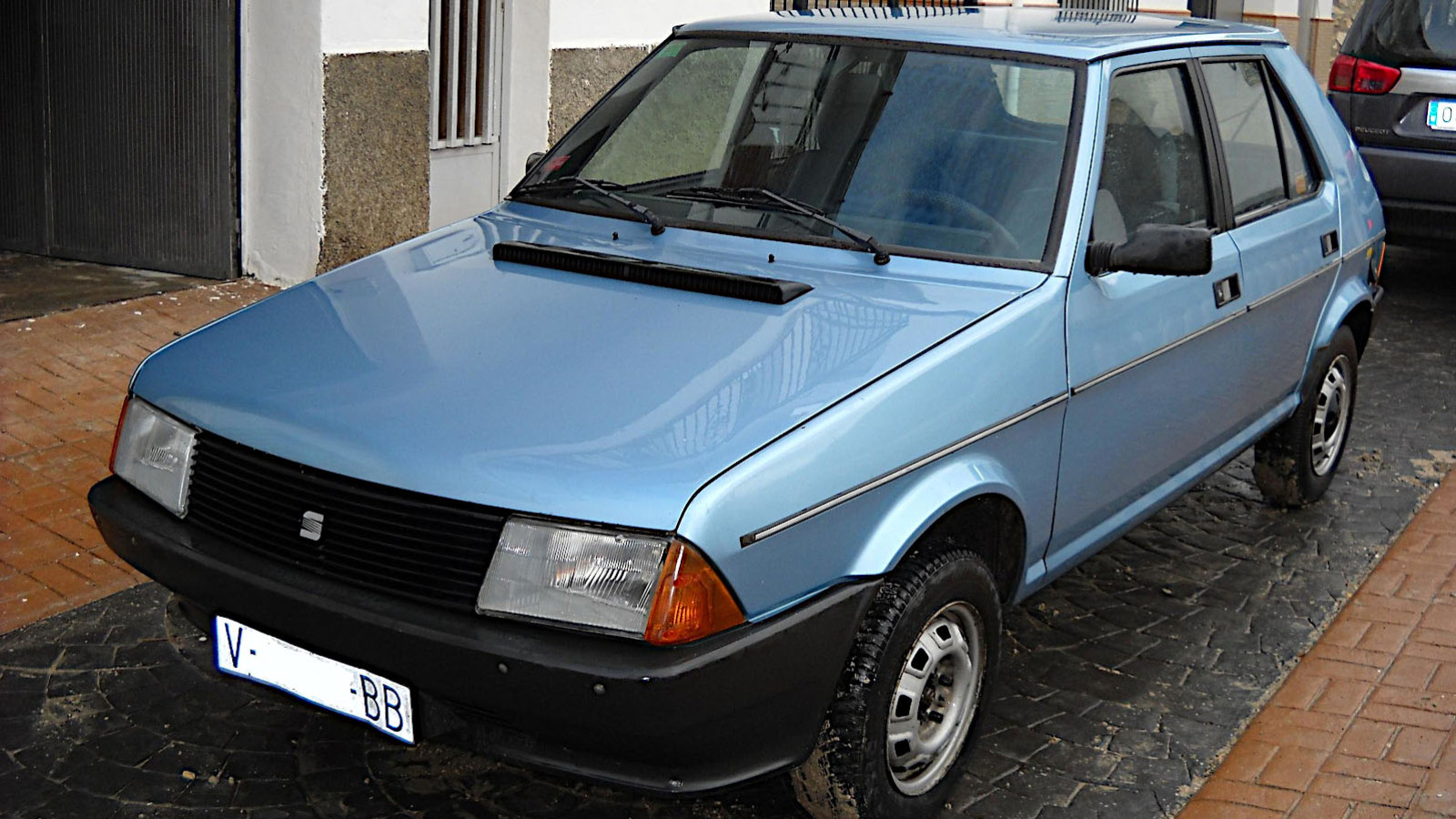 © Pandalia/Creative Commons https://creativecommons.org/licenses/by-sa/3.0/legalcode.en
© Pandalia/Creative Commons https://creativecommons.org/licenses/by-sa/3.0/legalcode.en -
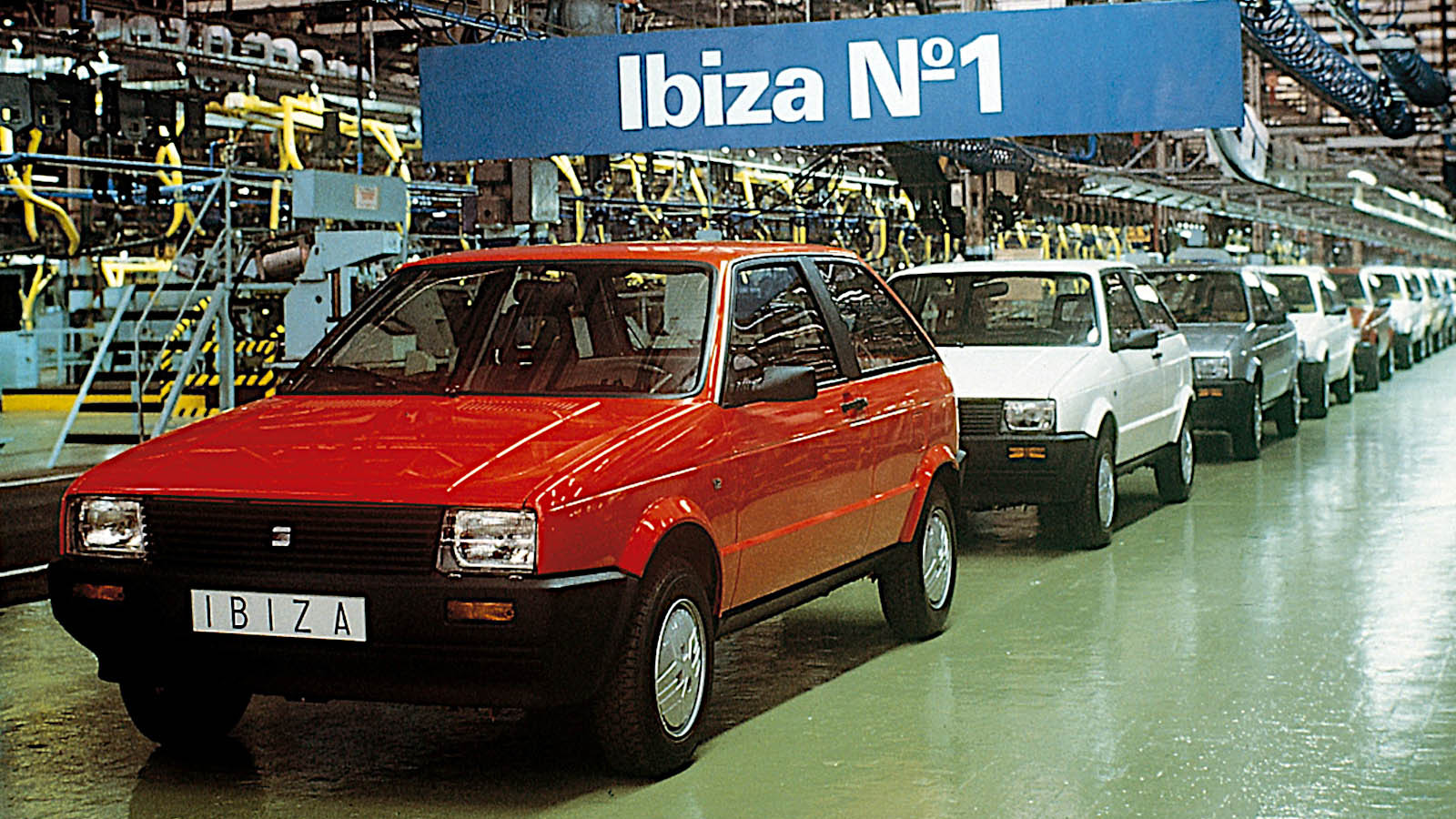 © Seat
© Seat -
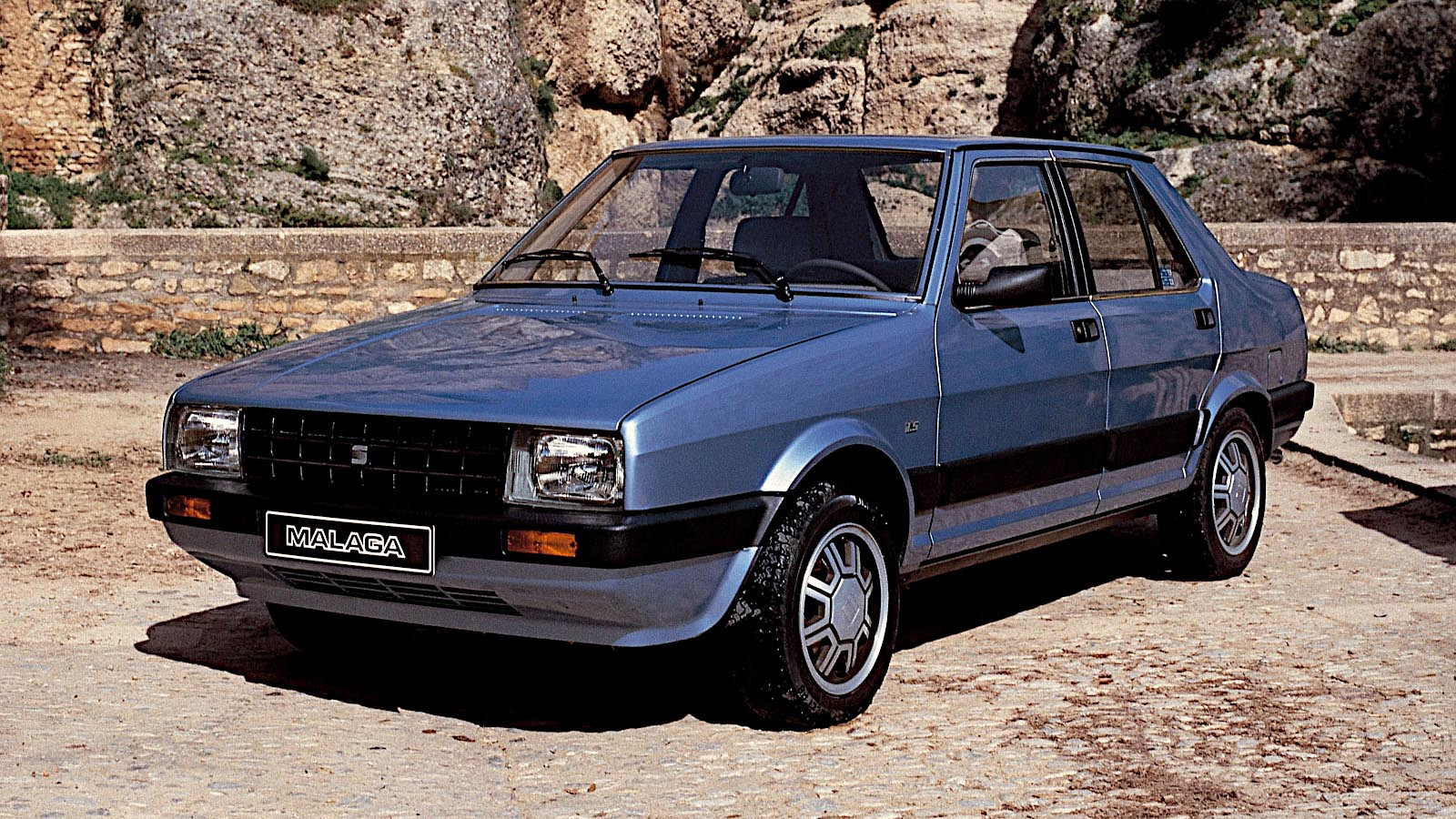 © Seat
© Seat -
 © Seat
© Seat -
 © Seat
© Seat -
 © Seat
© Seat -
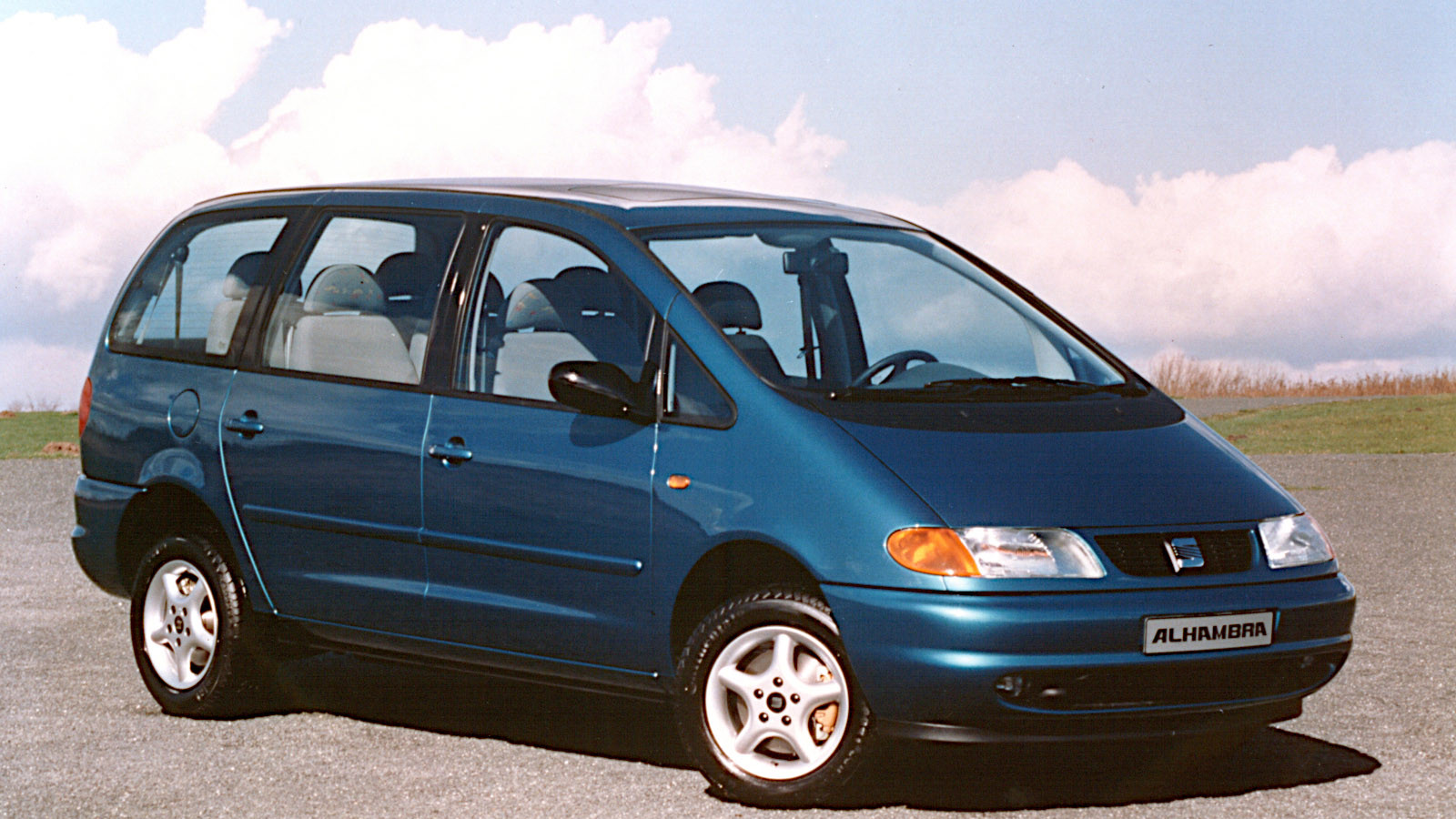 © Seat
© Seat -
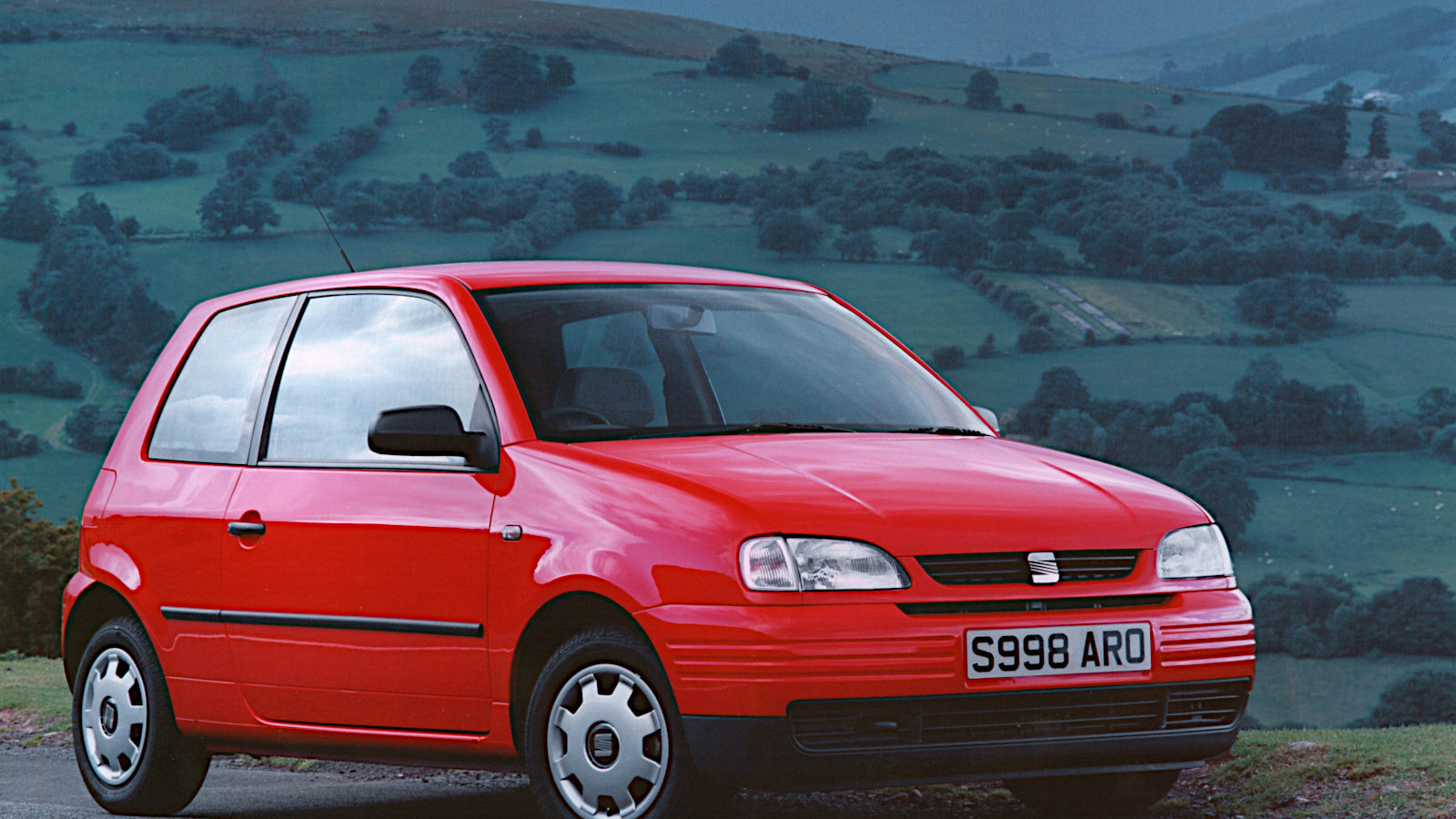 © Seat
© Seat -
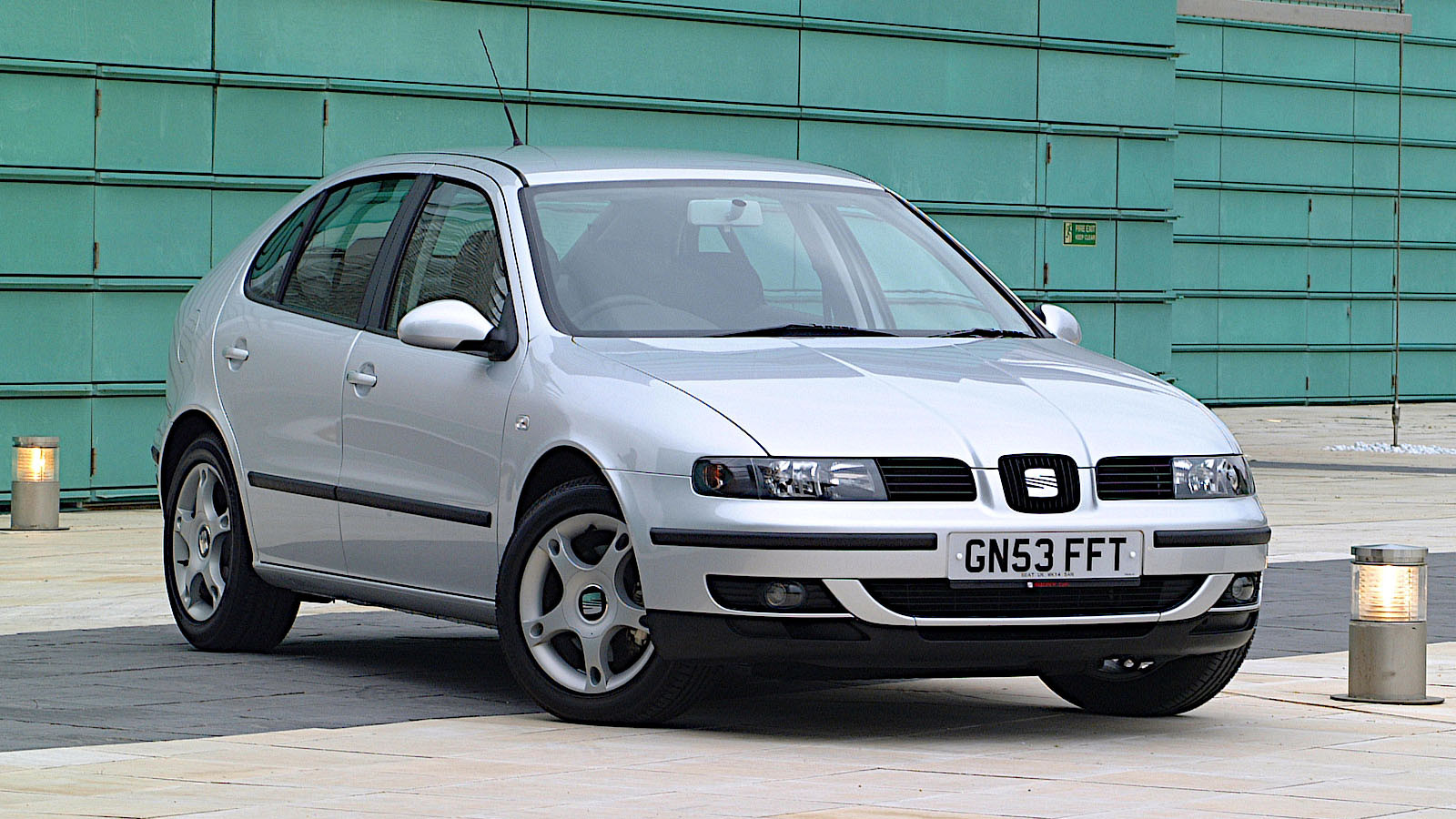 © Seat
© Seat -
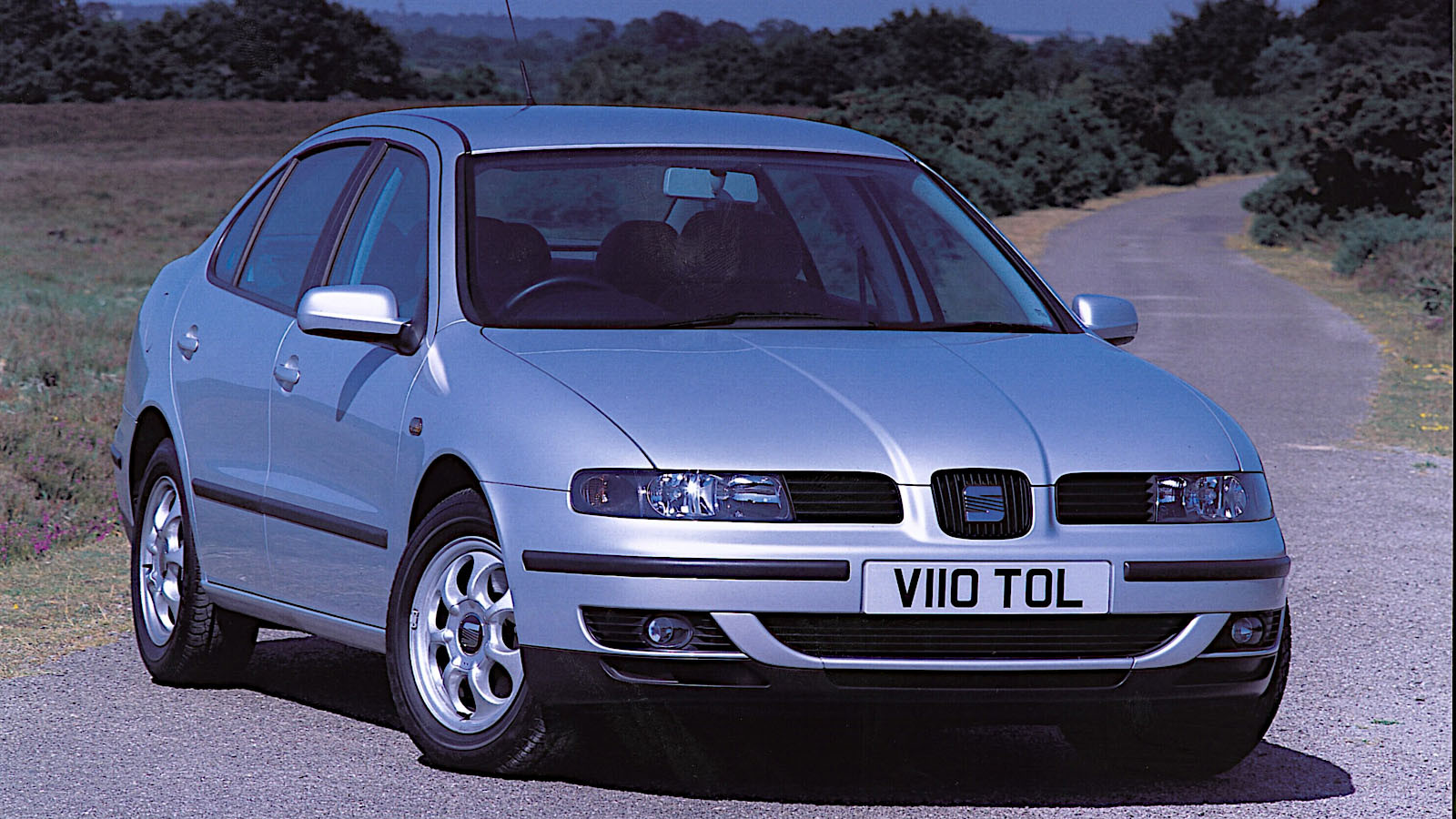 © Seat
© Seat -
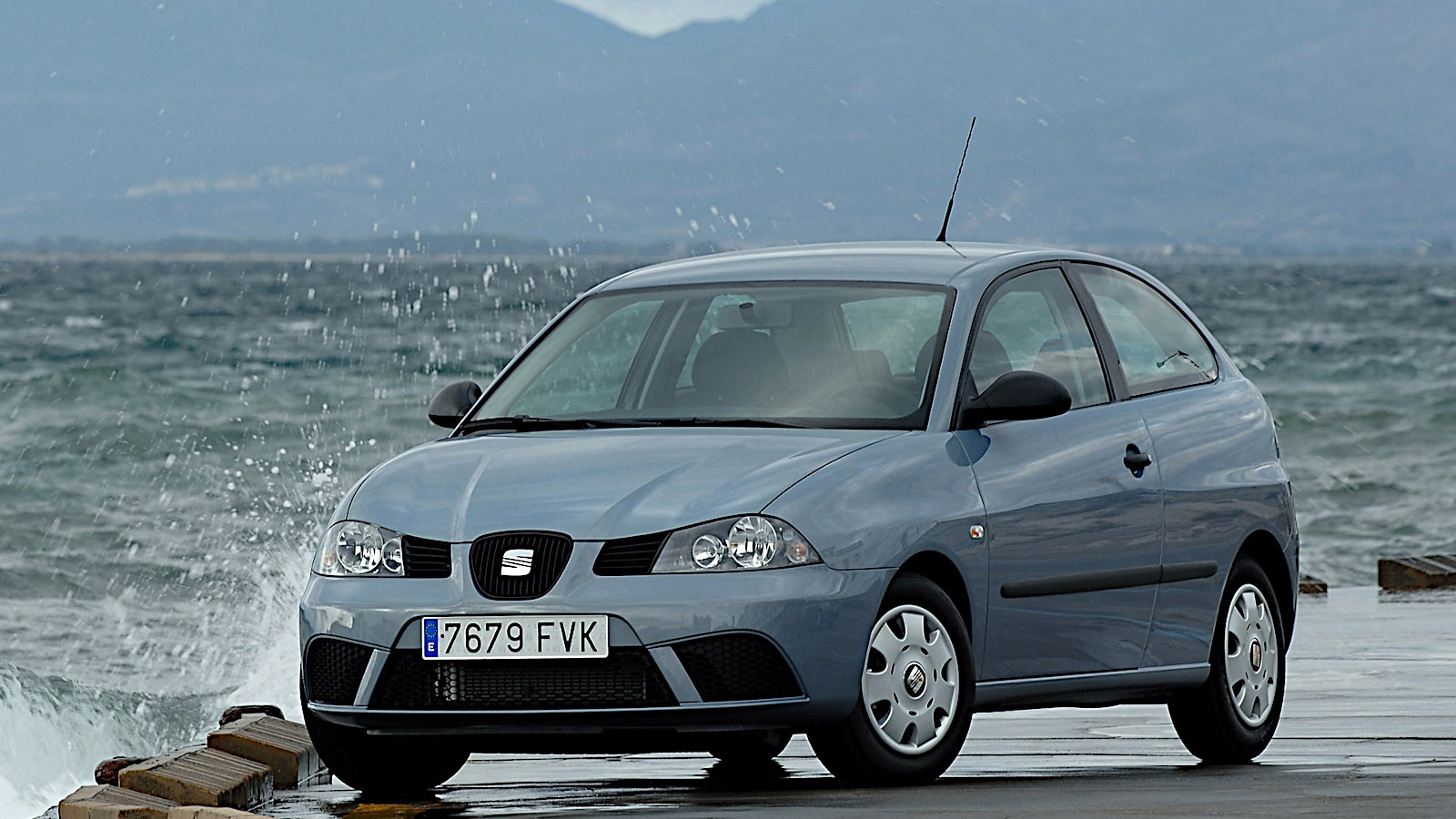 © Seat
© Seat -
 © Seat
© Seat -
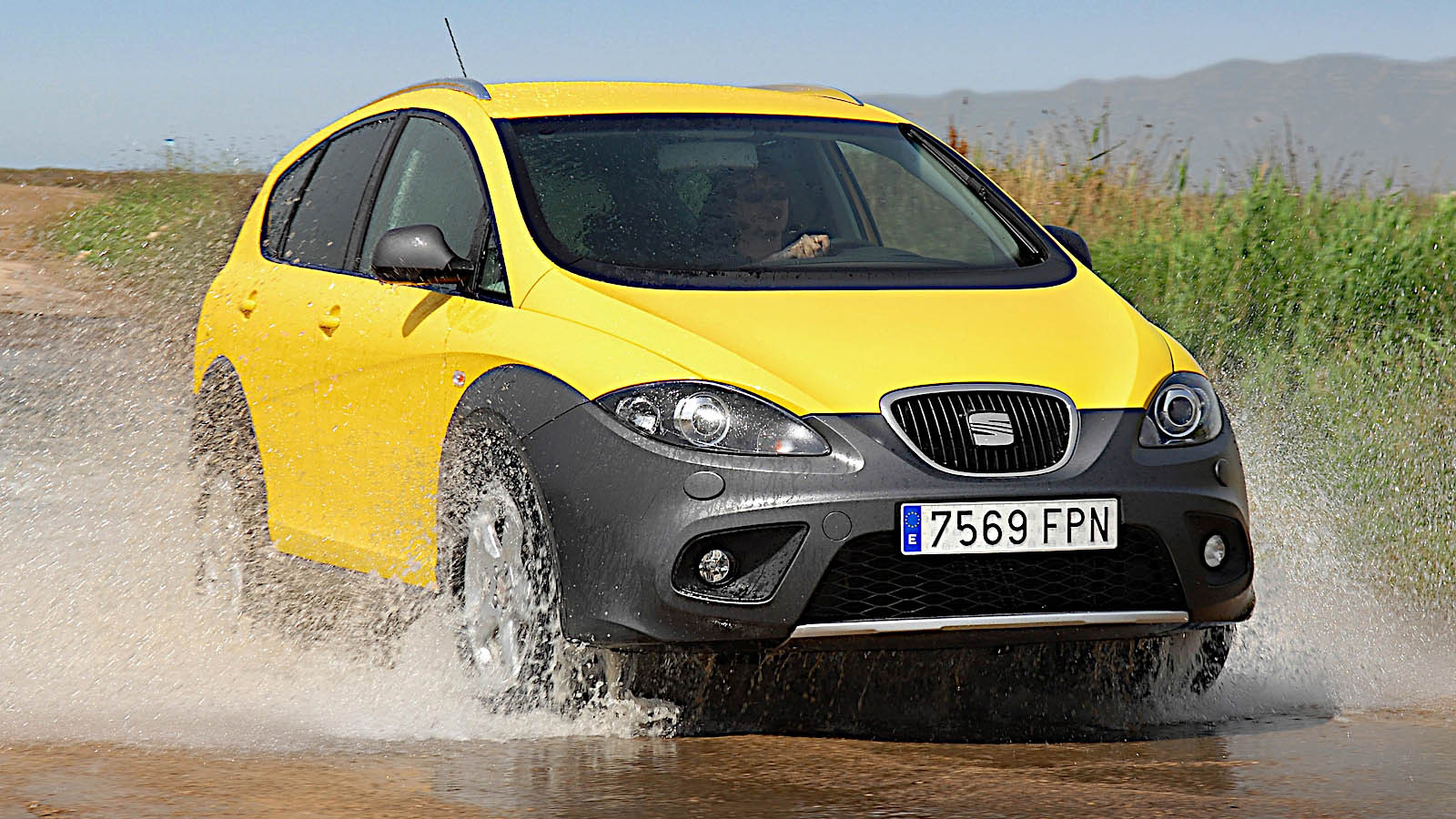 © Seat
© Seat -
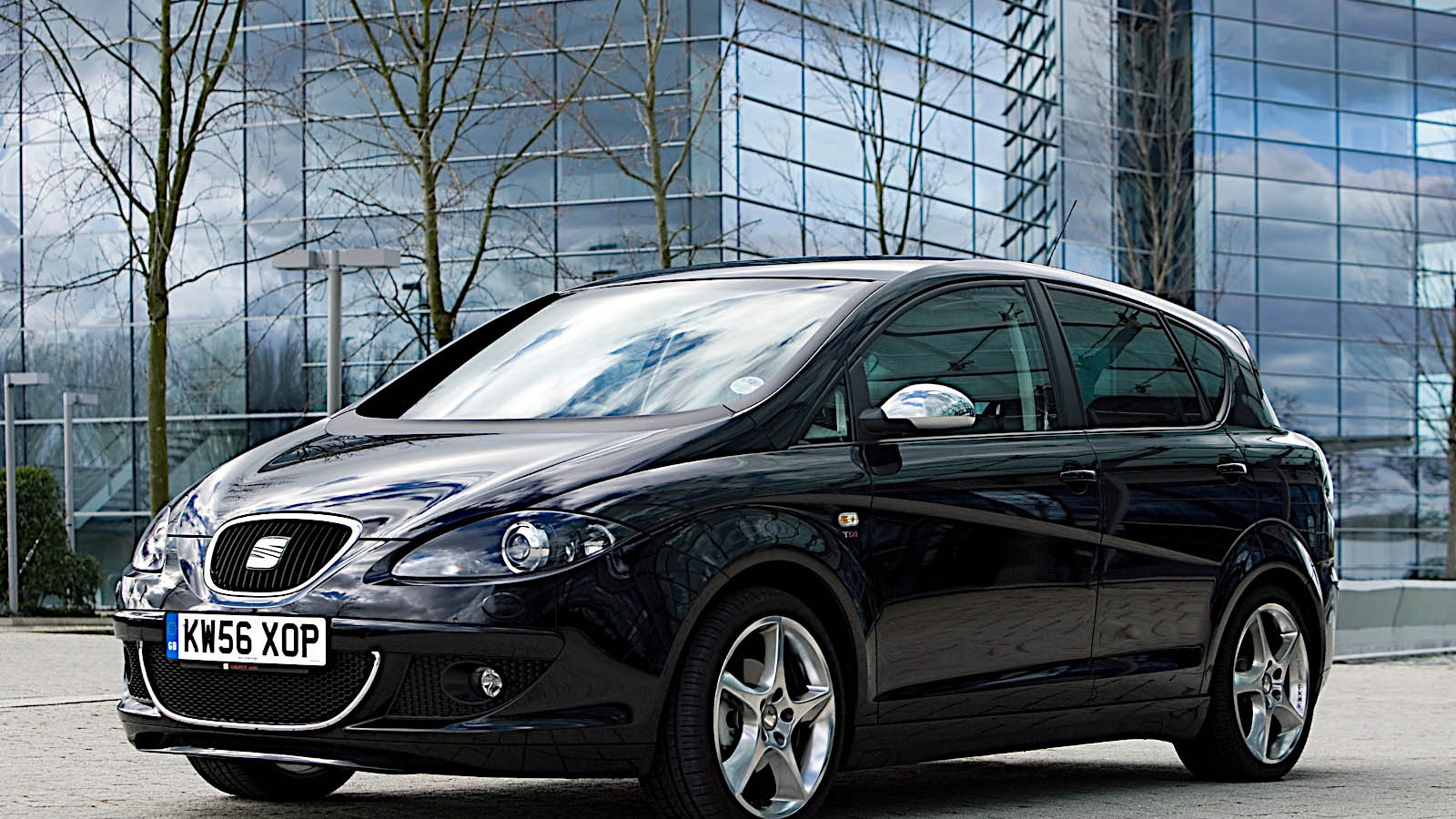 © Seat
© Seat -
 © Seat
© Seat -
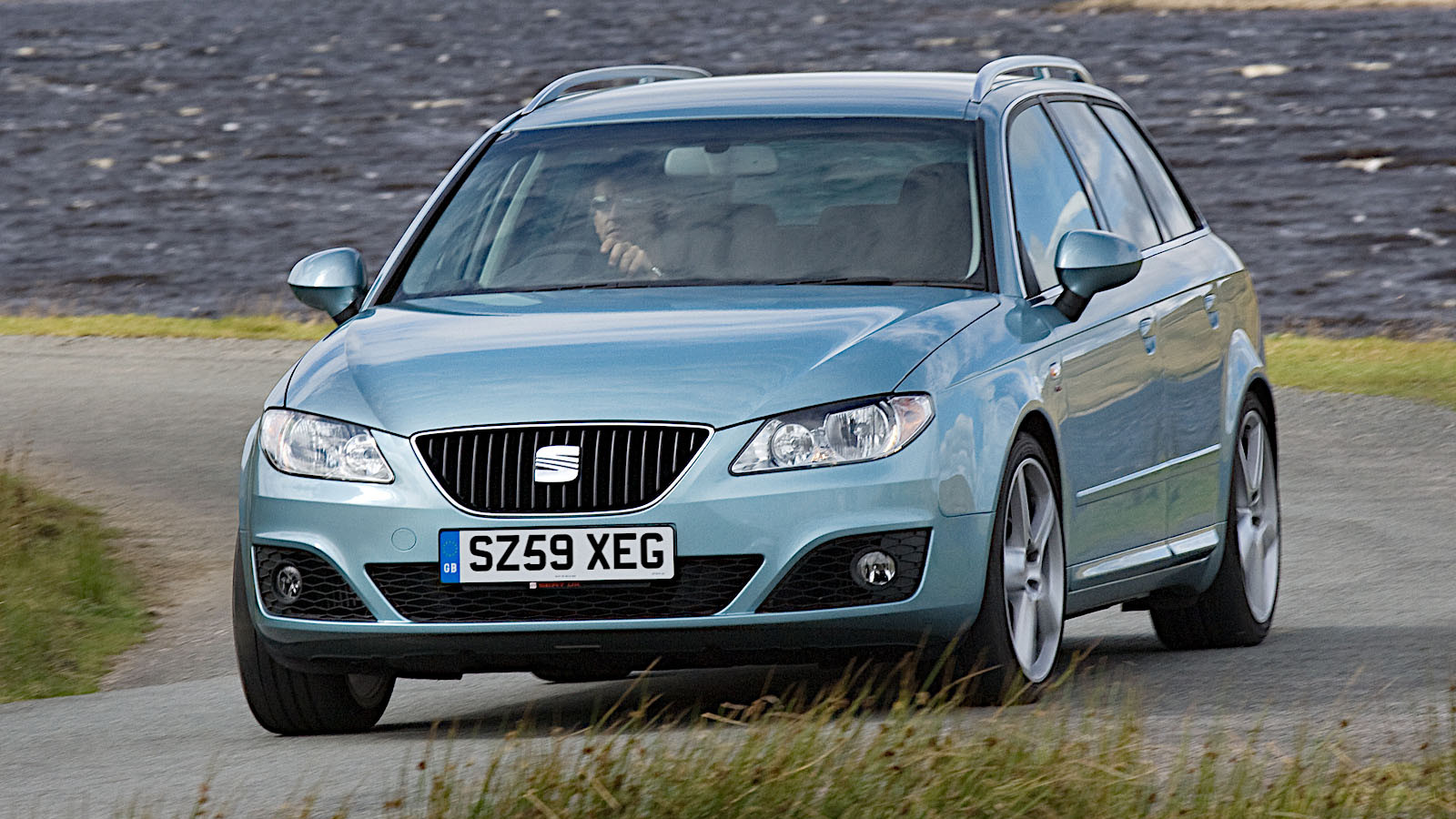 © Seat
© Seat -
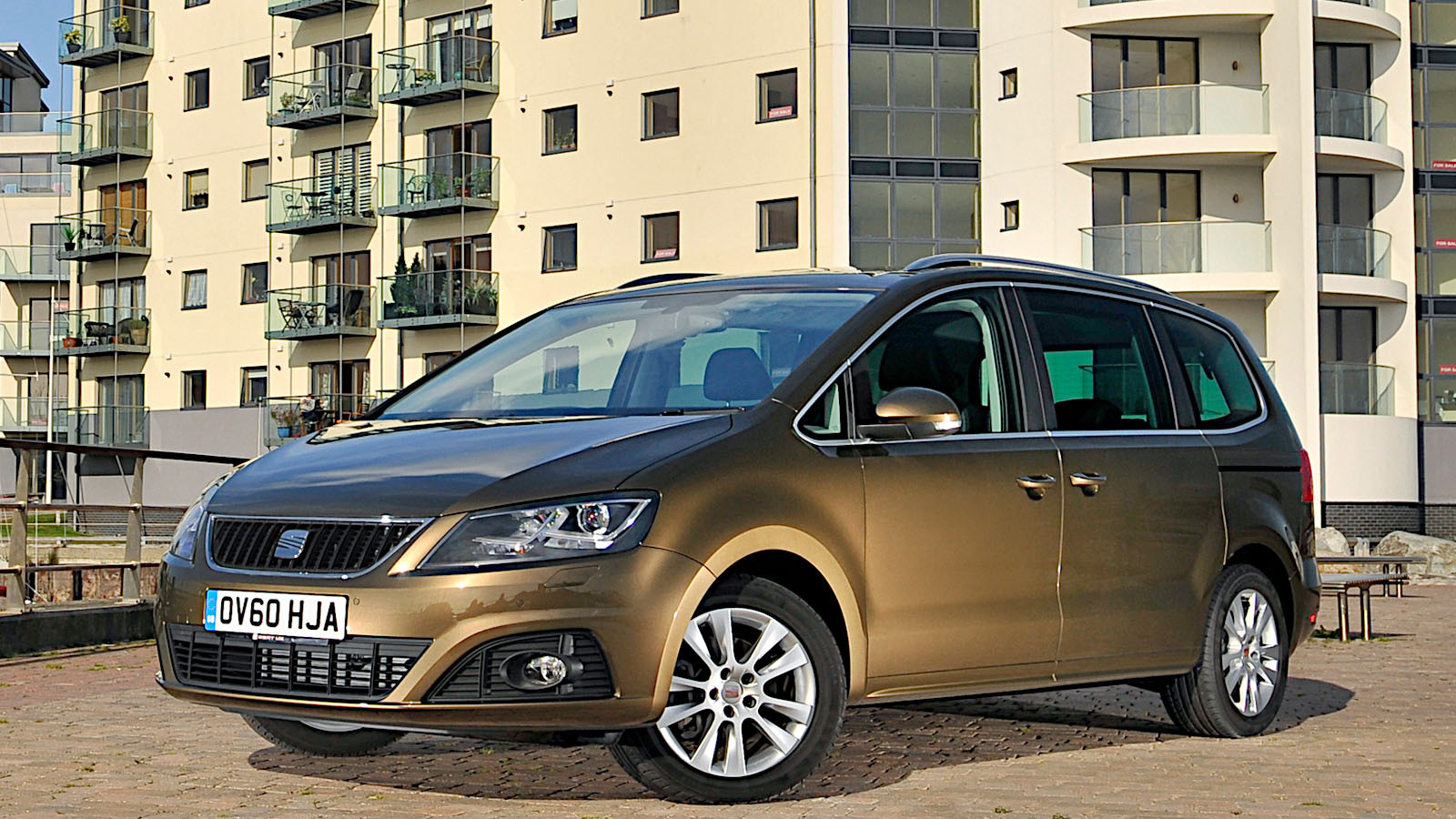 © Seat
© Seat -
 © Seat
© Seat -
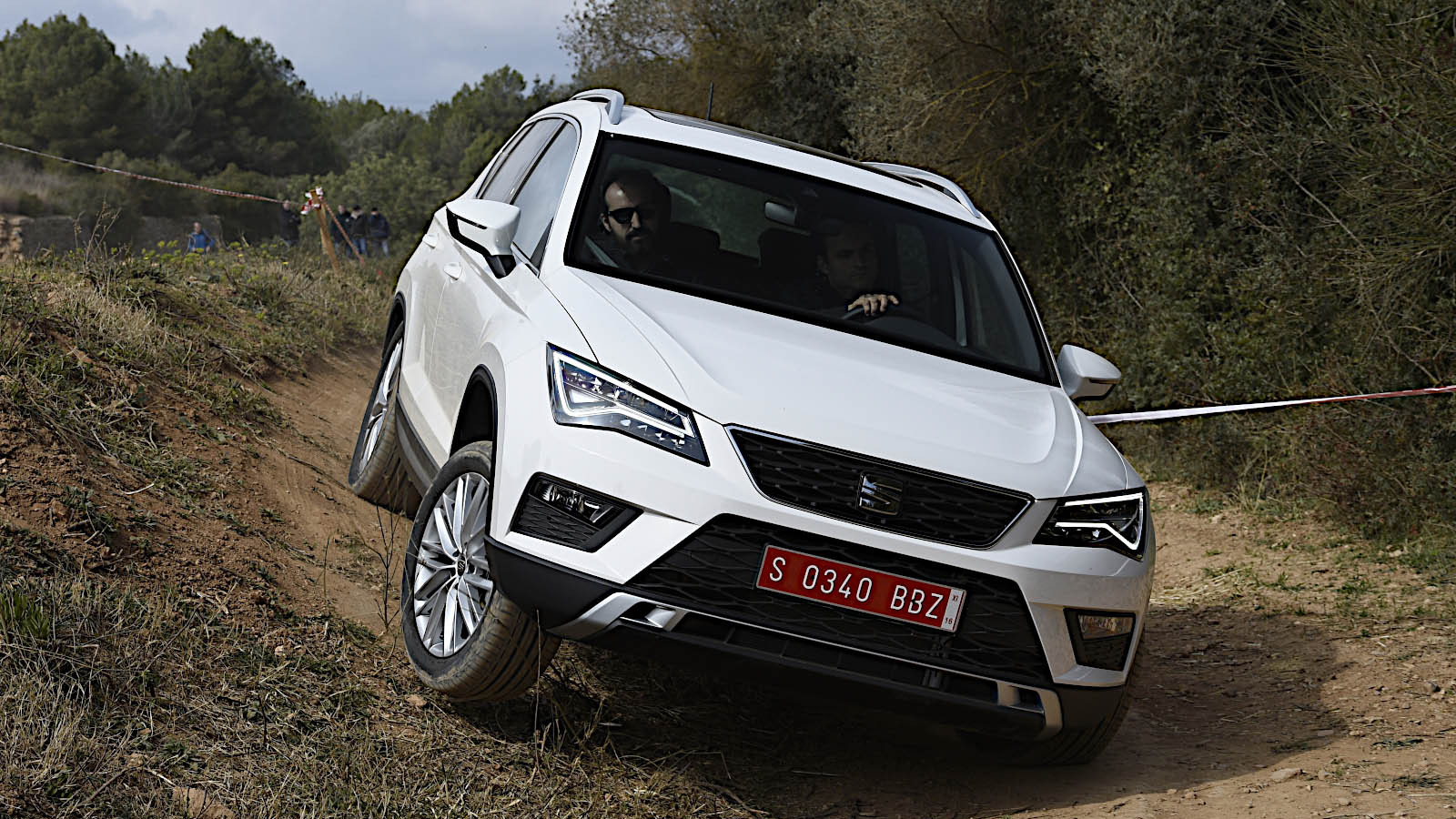 © Seat
© Seat -
 © Cupra
© Cupra
-
Seat bows out
In September 2023, Seat announced that its performance-oriented sub-brand Cupra would take over as Spain’s only mass-market car manufacturer.
This did not spell the end for the Seat name, which will still be used in some way, but it will certainly be less prominent than it was for 70 years.
In recognition of that, we’re taking a look at all the passenger cars Seat has produced – with an emphasis on those sold during the 20th century – in the order in which they appeared.
-
1953 Seat 1400
The Sociedad Española de Automóviles de Turismo (which approximately translates to ‘Spanish touring car company’) was formed in 1950, but its first car, the 1400, did not go into production at the Zona Franca factory in Barcelona until 13 November 1953.
A locally built Fiat, as all early Seats were, it was only ever available with a 1.4-litre petrol engine.
The Fiat 1400 was also sold with a 1.9-litre petrol and diesel engines (the former prompting a change of name to Fiat 1900), but Seat did not find it necessary to adopt either.
Both Fiats were replaced in the late 1950s, but production of the Seat continued until 1964, by which time 98,978 examples had been sold.
-
1957 Seat 600
The 1400 was not particularly expensive, but it was still beyond the means of most people in a country whose finances were in terrible trouble.
The Seat 600, again based on a contemporary Fiat, cost little more than half as much and therefore sold in far greater numbers, which in turn meant more people were employed to build, sell and service them.
For these reasons, the 600 is regarded as an important element in the Spanish economic miracle, a period of growth which lasted until 1974.
The car’s nickname of el ombligo (‘the belly button’, chosen because it was said everybody had one) was an exaggeration, but Seat reports that even as late as 1970, three years before production finally ended, one in every four cars in Spain was a 600.
-
1963 Seat 1500
Despite its name, the Seat 1500 was not closely related to the Fiat 1500, though both cars were powered by the same engine.
Instead, it was the Spanish equivalent of the slightly earlier and significantly larger Fiat, known initially as the 1800 or 2100, and later as the 1500L, depending upon what engine it had.
While the last of these was the cheapest and least powerful in the Fiat range, the 1500 was Seat’s flagship model of its day, affordable only to the wealthiest Spanish motorists.
The 1800 Diesel of 1969 and the 2000 Diesel introduced two years later were variants of the 1500 fitted with engines designed by Mercedes-Benz, but manufactured in Spain.
-
1963 Seat 800
The Seat 800 was a Spain-specific version of the 600, and the first sign that the car manufacturer was prepared to come up with design ideas of its own.
In Italy, the Fiat 600 was available either as a regular two-door or as the extraordinary four-door, six-seat Multipla, which Seat did not adopt.
Instead, the 800 was created by taking the standard Fiat 600 bodyshell, cutting it in half, adding 7in (18cm), shortening the front doors, building and fitting rear doors and a new roof section, and finally sending it to the production line where the mechanical parts were fitted.
After all that, the 800 did not prove to be popular with private customers, though it was favoured by taxi operators in Madrid and other Spanish cities.
-
1966 Seat 850
Seat adopted the 850 two years after it was put into production by Fiat, and recreated the Italian version fairly, but not entirely, closely.
As in the Italian model range, there was a two-door saloon with a fastback-style sloping rear window and, from 1969, spider (pictured) and coupé versions, both called Sport.
Seat did not produce versions of the Fiat 850T van or 850 Familiare minivan, but did create its own four-door saloon with a conventional three-box shape.
-
1968 Seat 124
Like the Fiat of the same name, the Seat 124 was offered as a four-door saloon, a five-door estate (known as the Familiar, a word which doesn’t mean the same in Spanish as it does in English) and an attractive two-door coupé.
The millionth Seat ever built was a yellow 124, won by TV game show contestant Rosa Zumárraga.
Two 1.8-litre 124s entered by the works Seat Competición team finished third and fourth on the 1977 Rallye Monte-Carlo, beating, among other things, a Porsche 911 Carrera 2.7 and a Lancia Stratos.
The quicker of the two, crewed by Antonio Zanini and Juan José Petisco, is the only Seat ever to achieve a podium position in the history of the event.
-
1969 Seat 1430
The 1430 was essentially the same car as the 124, but with the twin headlights and some other features of the larger 125, which did not have a Seat equivalent.
Available as both a saloon and an estate, it was named, approximately, after its 1438cc engine, which was the basis of Spain’s long-running Formula 1430 single-seater race series.
In fact, this engine was the smallest used in the 1430, which was also fitted with 1.6- and 1.8-litre versions of the Fiat Twin Cam.
-
1972 Seat 127
Thanks to Fiat, Seat was able to launch its first front-wheel-drive car in 1972, a year after the Italian 127 made its debut.
Like the Fiat, the Seat was available as a two-door saloon or a three-door hatchback, but the Spanish fondness for having as many doors as possible led to the development of versions with two more.
Seat also adapted the 100-series engine (first used back in the days of the 600) so that it measured 1010cc, a capacity never adopted by Fiat.
-
1973 Seat 132
After a decade in production, the 1500 was replaced by the 132, which became Seat’s largest and most expensive model.
Due to the country’s economic recovery, the 132 was affordable for more Spaniards than the 1500 had originally been, though it faced strong competition from locally built rivals designed by foreign manufacturers, including the Citroën CX, Chrysler 180 and Renault 12.
Powered by Fiat Twin Cam petrol engines or Mercedes-Benz diesels, the 132 survived until 1982, by which time the relationship with Fiat had turned sour.
-
1974 Seat 133
Although it could be mistaken for either a modified Fiat 127 or an enlarged 126, the 133 had very little connection with either of those cars.
Designed by Seat, and intended as a replacement for the 850, it was built on that car’s platform and powered by the same 100-series engine.
The woman in this picture is film star Ursula Andress (possibly best known for her role in the 1962 James Bond film Dr. No) whose connection with the 133 extends far beyond simply posing for publicity shots.
Andress actually bought a 133 for herself – Seat says it was the very first to be produced – and could often be seen driving it around Ibiza, where she lived for a while.
-
1975 Seat 131
As might be expected, the 131 was Spain’s version of the Fiat introduced in the previous year.
The engine line-up, which included a 2.4-litre diesel developed by Sofim (a joint venture involving Fiat, Alfa Romeo and Renault), was very similar to that of the Italian car, though while Fiat went as low as 1.3 litres, the smallest engine in the Seat was the 1430.
Seat went so far as to build prototypes of a supercharged version, equivalent to the low-production Fiat 131 Volumetrica, but did not take the idea beyond that.
-
1976 Seat 1200 Sport
Although it used Fiat mechanicals, the Seat 1200 Sport did not look like anything produced by the Italian manufacturer.
Instead, it’s believed to have been derived from the rear-engined Nergal concept suggested by Aldo Sessano to NSU, which decided not to go ahead with it.
Seat’s front-wheel-drive version looks broadly similar, but is characterised by a black-plastic front panel (not used on the Nergal), which led to it being nicknamed Bocanegra, or ‘black mouth’, a name officially used much later for both a concept and a version of the Ibiza.
Another iteration of the same model, with a larger and by now very familiar engine, was sold as the 1430 Sport.
-
1976 Seat 128
The Fiat 128 was offered with many body styles, nearly all of which were ignored by Seat.
The only version the Spaniard took on was the relatively rare three-door 128 3p coupé.
Powered by the same 1.2-litre and 1430 engines as the Sport, the 128 was larger and more expensive than that model, but it does seem strange in retrospect that Seat had two coupés in its line-up at the same time.
-
1979 Seat Ritmo
Known in the UK as the Strada, the Fiat Ritmo (pictured) was launched in 1978, and was followed a year later by the almost identical Seat version.
Fiat updated the car twice, but the Seat Ritmo was only ever sold in its original form, and for just three years.
It was replaced in 1982 by a car which, as we’ll see, may be the most controversial Seat ever put into production.
-
1980 Seat Panda/Marbella
The car originally known as the Seat Panda was a slightly restyled version of the Fiat Panda, and was in one case converted into a Popemobile for John Paul II during his visit to Spain in late 1982.
The Marbella name, taken from a Spanish city, was originally used for one version, pictured here alongside other special editions called Bavaria and Montana.
Following the break-up of the relationship with Fiat, the entire range was renamed Marbella, and continued almost until the end of the century.
Commercial versions were known as Trans (Panda-based) and Terra (Marbella-based), and there was also a one-off pick-up called the Marbella Playa Concept, which was displayed at the Frankfurt motor show in 1991.
-
1982 Seat Fura
Launched at around the same time as the final version of the Fiat 127, the Seat Fura was basically the same car with a different name.
Available with either three or five doors, this little hatchback was usually powered by a 1-litre engine.
The exception was the Crono hot hatch (pictured), which used a 75bhp version of the 1430 and was the basis of a one-make race series.
Fiat discontinued the 127 in 1983 to make way for the Uno, but the Fura remained in production for a further three years.
-
1982 Seat Ronda
With the Seat-Fiat association on its last legs, the Spaniards introduced the Ronda, its first model named after a Spanish city, which looked – certainly to Italian eyes – suspiciously similar to the Ritmo.
Fiat insisted that it was as near as made no difference the same car, objected that this was unsatisfactory and went to court.
Seat countered persuasively that the two models were sufficiently different from each other, won the case and continued manufacturing the car until 1986.
While it was still in production, the Ronda featured extensively in the 1984 film La muerte de Mikel (The death of Mikel), which did very well at the box office.
-
1984 Seat Ibiza
Modern Seat history essentially begins with the launch of the first-generation Ibiza, which entered production in April 1984.
Even more than previous models, it was an international effort, with styling by Italdesign, engineering input from Karmann and Porsche and, in some cases, the continued use of Fiat engines.
Despite that last element, the relationship with Fiat was now officially over, and a new one with Volkswagen had begun, leading eventually to VW’s complete ownership of the marque from 1990.
The most exotic Ibiza of this and perhaps any era was the Bimotor rally car, so named because it had engines at both ends, one powering each axle.
A less potent 1.5-litre Ibiza built in 1986 was the first car owned by the then Prince of Asturias (now King Felipe VI), who was given it as a present on his 18th birthday.
-
1985 Seat Málaga
The second Seat, after the Ronda, to be named after a Spanish city was mechanically identical to the Ibiza launched a year earlier.
The only difference was the body style – while the Ibiza was only ever offered as a hatchback, the Málaga was a four-door saloon, with a prominent boot which greatly increased the luggage volume.
Along with the Ibiza, the Málaga was one of the first Seats sold in the UK, starting in 1985.
-
1991 Seat Toledo
The Toledo was the first Seat model developed entirely during the Volkswagen era, and the first of many based on the same platform as others in the VW Group.
Its German cousins were the Mk2 Golf hatchback and its saloon equivalent, the Jetta, which were coming towards the end of their production lives.
As well as looking quite different from either of them, the Toledo had its own body style – it looked like a three-box saloon, but its full-sized tailgate meant that it was actually a hatchback.
The range of petrol and diesel engines, all developed by Volkswagen, was extensive, and included a 2-litre 16-valve unit, whose 148bhp output exceeded that of anything previously fitted to a production Seat.
-
1993 Seat Ibiza
Like all future Seat Ibizas, the second-generation version was a close relative of Volkswagen’s supermini, the Polo.
With its far rounder body, it looked very different from its immediate predecessor, and its appearance changed again after a major facelift in 1999.
A hot-hatch version fitted with the same 148bhp 2-litre engine already used in the Toledo was the first Seat called Cupra, a name which would later become very significant in the marque’s history.
The second Ibiza was also the basis of the Inca van, which was built alongside the almost identical Volkswagen Caddy at Seat’s factory in Martorell.
-
1993 Seat Córdoba
Like the first Ibiza, the second was available with non-hatchback body styles, none of which had the same name as the model they were derived from.
Instead of Málaga, Seat decided this time to honour the city of Córdoba in Andalusia.
The regular Córdoba was a four-door saloon with, like the Málaga, far more luggage space than the hatch, and was the basis of the unfortunately not very successful World Rally Championship car campaigned by Seat from 1998 to 2000.
In 1996, Seat added a three-door coupé called the Córdoba SX and an even more practical estate called the Córdoba Vario.
-
1996 Seat Alhambra
The Alhambra was a new type of vehicle for Seat, which had never previously produced anything like a large MPV.
Part of a multi-brand operation, it was basically the same thing, detail differences aside, as the first-generation versions of the Volkswagen Sharan and the Ford Galaxy.
Ford subsequently pulled out of the arrangement and created a new Galaxy on its own in 2006, but the Alhambra, like the Sharan, had a very long production life, remaining more or less unaltered (except for a facelift in 2000) for 14 years.
-
1997 Seat Arosa
A year after introducing its largest-ever model, Seat brought out its smallest since the 600.
The Arosa city car was based on a shortened version of the Volkswagen Polo platform also used for the contemporary VW Lupo.
Although they were styled differently (the Arosa looking like a mini Ibiza and the Lupo not looking much like anything else on the market), they were effectively the same car.
However, although Seat was starting to be positioned as the sporty brand within the VW Group, there was no Arosa equivalent of the 1.6-litre Lupo GTI.
-
1999 Seat León
The first of several mid-sized Seats named after the city of León in north-west Spain was based on the same platform as the Audi A3, the Škoda Octavia and the Mk4 VW Golf, among others.
Only ever sold with this name as a hatchback (though its saloon derivative will be coming along shortly), it was available with a wide range of Volkswagen engines, and there were high-performance Cupra versions right from the start.
One of the rarest Leóns of this generation, introduced in 2000, was powered by VW’s 2.8-litre V6 engine, and was therefore the first six-cylinder Seat, as well as being the first with four-wheel drive and the first with more than 200bhp.
In that last respect, it would soon be joined by other Leóns fitted with the Group’s turbocharged 1.8-litre ‘four’.
-
1999 Seat Toledo
While the first Seat Toledo was a hatchback that looked like a saloon, the second (originally manufactured in Belgium, though production later moved to Martorell, just outside Barcelona) was unquestionably a saloon with a three-box shape, four doors and no tailgate.
In another example of Seat giving different names to mechanically similar cars which did not have the same body style, it was a very close relative of the León, though with a slightly distinct engine line-up.
There was no VR6, but Seat did fit the top-line version with VW’s 2.3-litre five-cylinder engine.
Both this and the 1.8 turbo used in the range had outputs significantly below 200bhp, suggesting that, of the two, the León was intended to be the sportier model.
-
Post-2000 Seat Ibizas
Three generations of Ibiza have been launched in the 21st century.
The first (pictured) made its debut in 2002, and looked similar to the one before, despite being based on a new platform shared, as always, with the contemporary VW Polo.
Its 2008 replacement was the first Seat designed by Luc Donckerwolke, formerly of Lamborghini, and the largest Ibiza yet, with class-leading luggage space.
The current Ibiza was launched in 2017 and updated in 2021, when LED headlights became standard on all versions.
-
2002 Seat Córdoba
Unlike its close relative the Ibiza, which is, at the time of writing, in its fifth generation, the Córdoba was cancelled after just two.
There were no coupé or estate versions of the car launched in 2002, which was offered only as a four-door saloon.
By now, this once very popular body style was falling out of favour in Europe, making it unnecessary to produce a Córdoba derivative of the 2008 Ibiza.
-
2004 Seat Altea
A new design language previewed in several concept cars became available to the public with the Altea MPV (or MSV as Seat called it, meaning Multi Sports Vehicle).
It came in two sizes, the XL being around 7in (c18cm) longer than the regular Altea.
The XL-based Altea Freetrack (pictured) was an odd device with bodywork protection, extra ground clearance, part-time four-wheel drive, and a choice of 2-litre turbo diesel or 2-litre turbo petrol engines, both of them also fitted to the León FR hot hatch.
Despite its slightly enhanced off-road ability, the Freetrack wasn’t an SUV, but it was the closest Seat had come to one so far.
-
Post-2000 Seat Toledos
Having previously referred to a saloon-like hatchback, and then to an actual saloon, the Seat Toledo name was applied in 2004 to something different again.
This time, it was an MPV – specifically, the regular-length Altea with an extended tail section, which increased the luggage capacity without necessarily improving the appearance.
The fourth and final Toledo, introduced in 2012, was a three-box hatchback, just as the first had been.
Closely related to the Škoda Rapid, it was in fact built alongside it on Škoda’s production line in Mladá Boleslav, Czechia, and was therefore the only Seat Toledo never manufactured in Spain.
-
Post-2000 Seat Leóns
Looking very much like a smaller version of the Altea, the second-generation León introduced in 2005 (pictured) was closely related to the Volkswagen Golf, and performed very well both in terms of sales and in motorsport.
Diesel-engined versions briefly dominated the World Touring Car Championship, making Yvan Muller and Gabriele Tarquini the drivers’ champions in 2008 and 2009 respectively, and giving Seat the manufacturers’ title in both years.
A third León, with much sharper styling and an estate option called ST, arrived in 2012, and was followed eight years later by a fourth, which is still on sale today.
The high-performance version was originally known, as earlier ones had been, as the Seat León Cupra, but following the creation of the new brand it is now called Cupra León.
-
2008 Seat Exeo
A large saloon (and later estate) in what’s known within the motor industry as the D segment, the Exeo was described to journalists as ‘30% Seat’, behind which comment was the odd fact that it was 70% a previous-generation Audi A4.
The Spanish changes included revising both the styling and the suspension, and fitting a dashboard only ever used in the cabriolet version of the Audi.
The choice of dashboard was made by the company’s then President Erich Schmitt, who preferred it to the one used in the saloon and, it’s said, insisted on its fitment despite protests from the engineers that this couldn’t be done.
Although it was an appealing car in many ways, the Exeo was never popular, and was dropped after just five years.
-
2010 Seat Alhambra
To cries of, “What, already?” from witty people, the first-generation Alhambra was finally replaced after nearly a decade and a half.
There was no Ford connection this time, but the new Alhambra was once again a partner vehicle to Volkswagen’s Sharan.
The dramatic rise in the popularity of SUVs, which could hardly have been predicted when the original Alhambra went on sale in 1996, made large MPVs redundant, and the big Seat was discontinued in 2020, with the Sharan following it into the history books shortly afterwards.
-
2011 Seat Mii
Styling differences aside, the Mii city car was identical to the Volkswagen Up! and Škoda Citigo, and therefore one of the few Seats never built in Spain, since all three were manufactured in the same factory in Bratislava.
It was also one of the smallest Seats, being about the same size as the Arosa and only slightly larger than the 600.
To add to the historical interest, the Mii Electric launched in 2019 was Seat’s first-ever EV.
This came near the end of the model’s history, since the Mii, along with the Citigo and most recently the Up!, have all been discontinued.
-
Seat SUVs
Seat unveiled an SUV concept called the Tribu in 2007, but did not enter this sector of the market with a production vehicle until nearly a decade later.
The Ateca, launched in 2016, is the only Seat based on the platform also used for the Škoda Karoq and Volkswagen T-Roc.
It was followed in 2017 by the smaller Arona, which is closely related to the latest Ibiza, and two years after that by the larger Tarraco.
Following what has become normal Seat practice, all three are named after places – Ateca and Arona are villages in Zaragoza and Tenerife respectively, while Tarraco is an old name for the city of Tarragona.
-
Cupra
The high-performance version of the Ateca SUV was the first vehicle to be marketed under the new Cupra brand in 2018, and was later joined by the León.
The first model sold only as a Cupra and not as a Seat was the Léon-based Formentor SUV (pictured).
The line-up now also includes two electric vehicles, the Born hatchback and the Tavascan SUV.
While existing Seat models will remain on sale, no new ones are currently planned, though Volkswagen CEO Thomas Schäfer has been quoted as saying that the Group would find “a different role” for the marque.
We hope you enjoyed this gallery. Please click the ‘Follow’ button above for more super stories from Classic & Sports Car.
